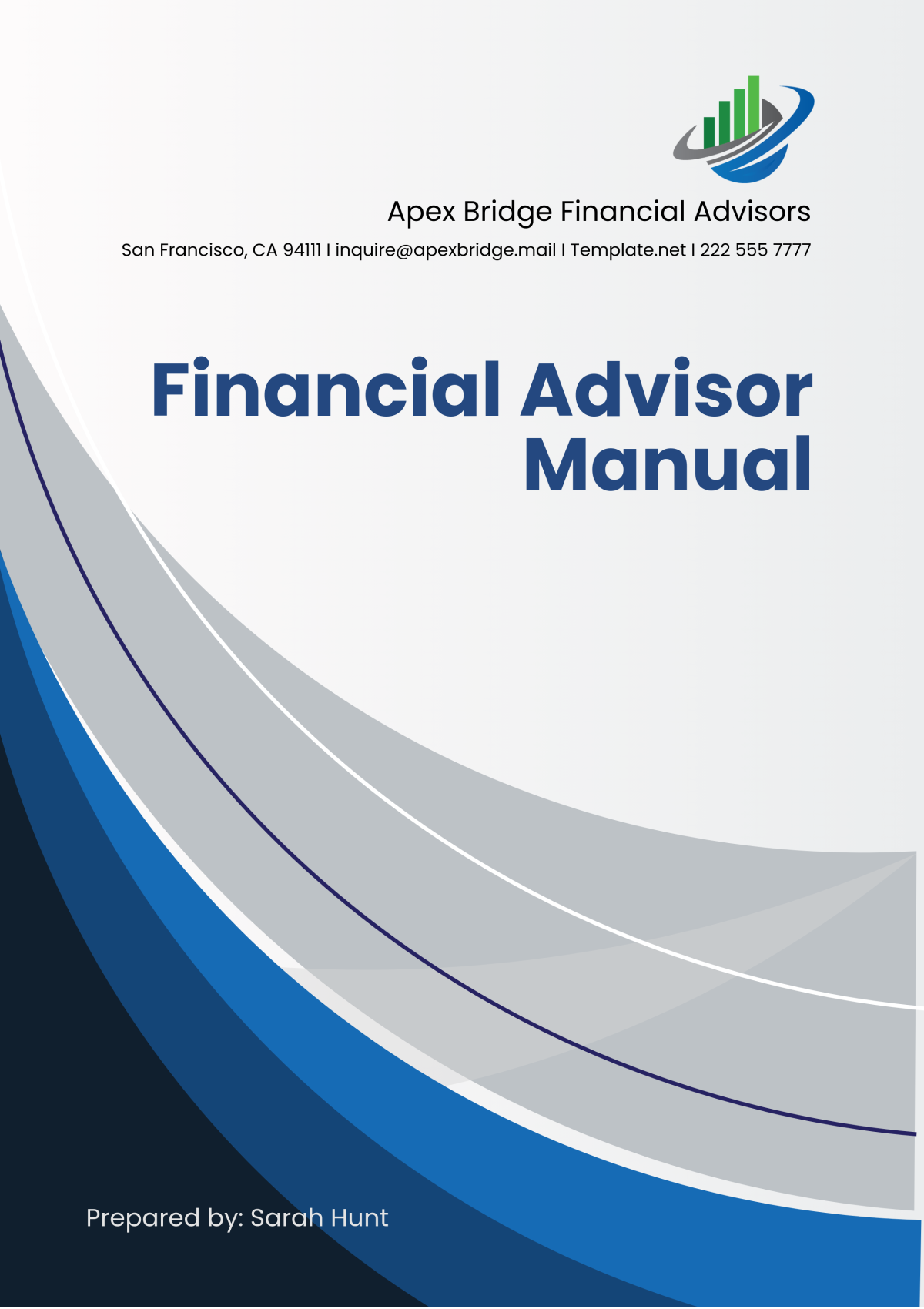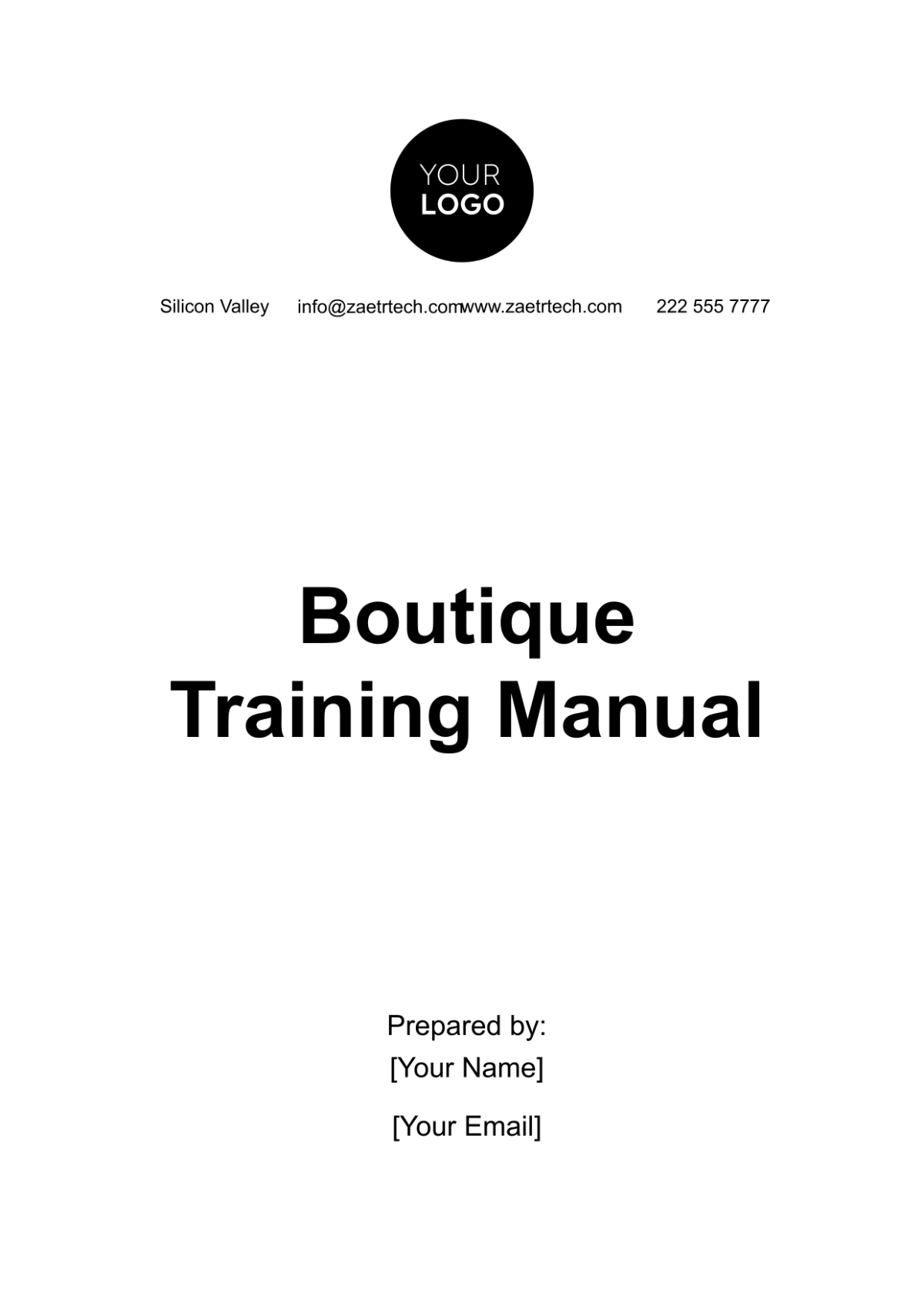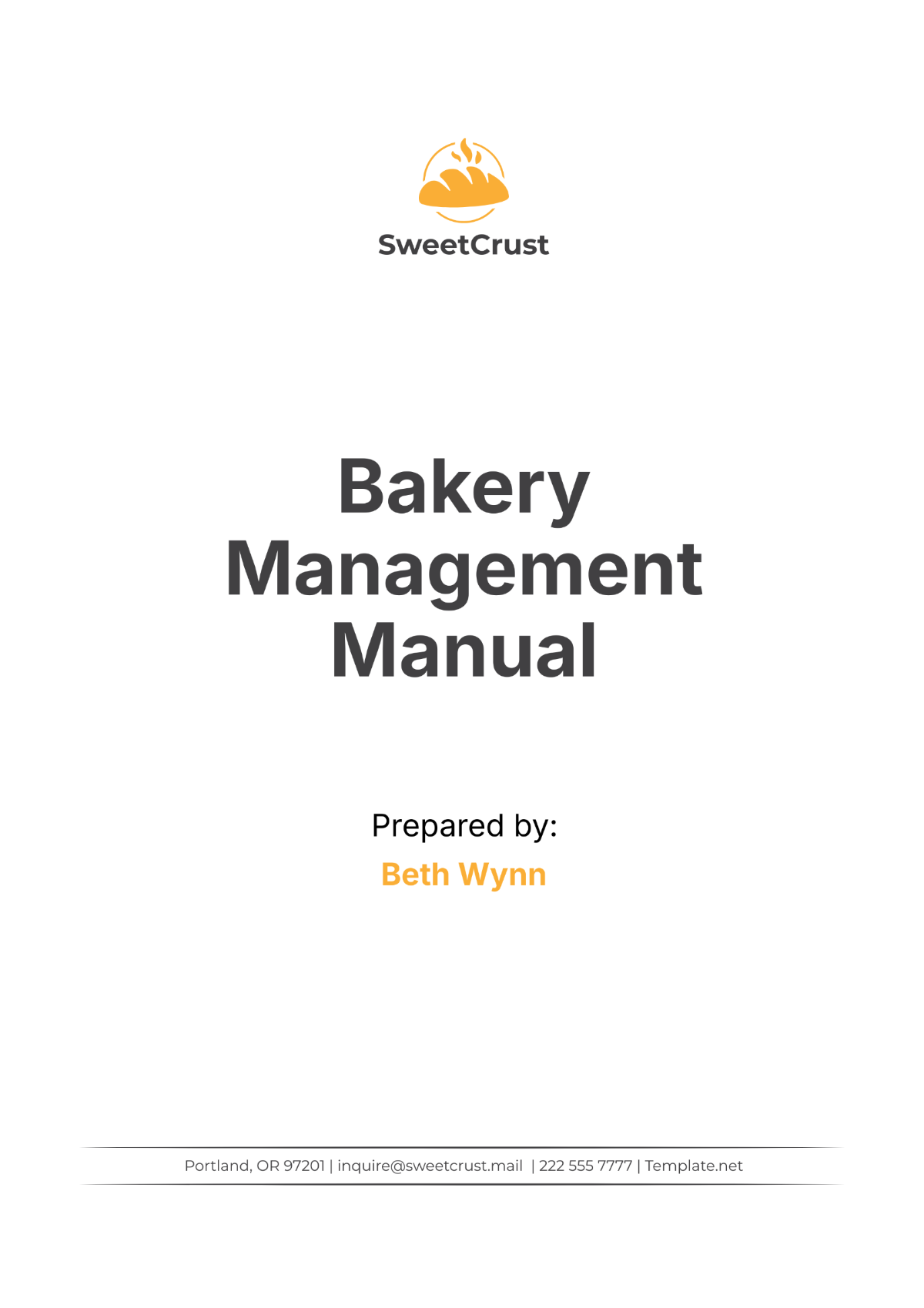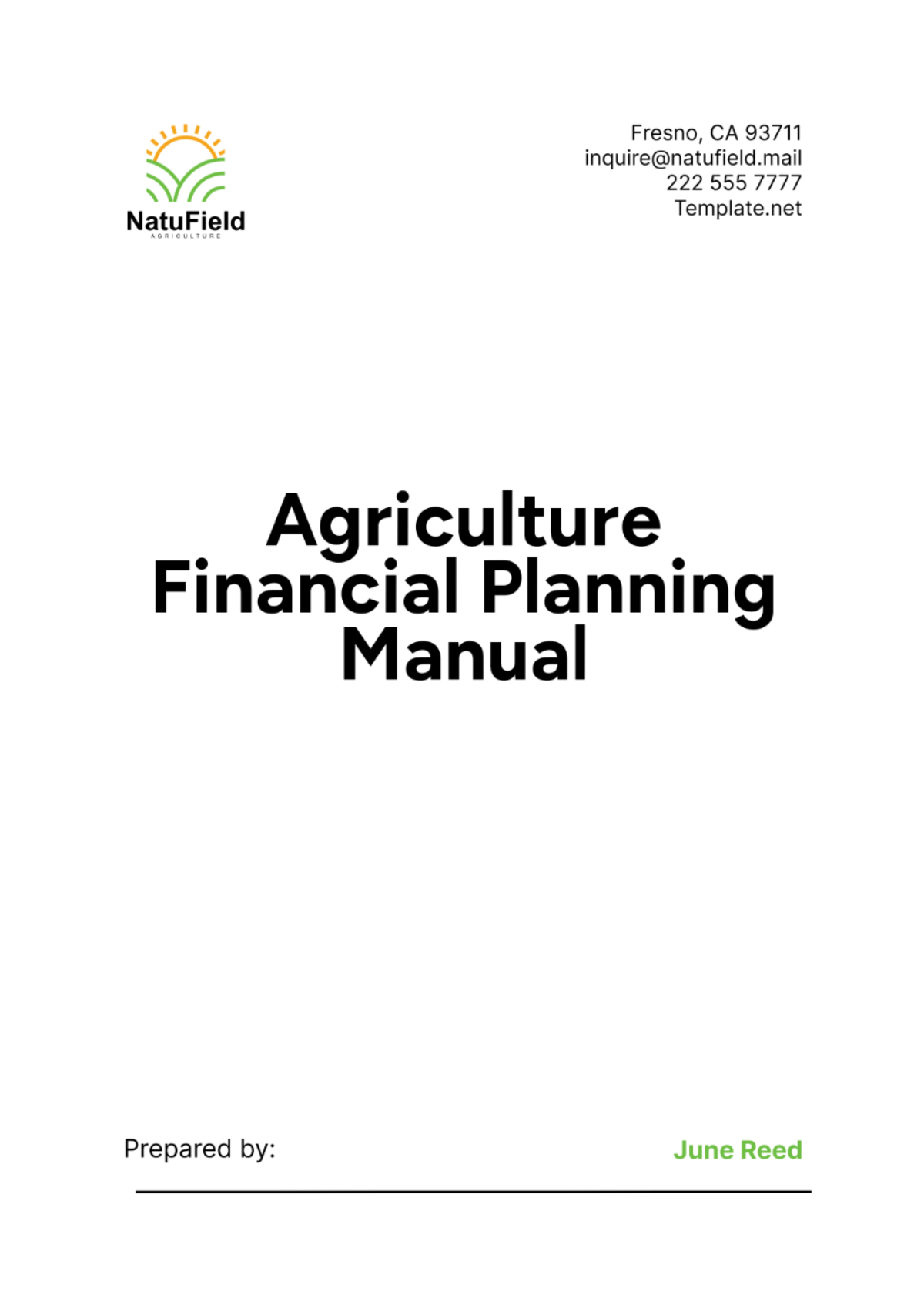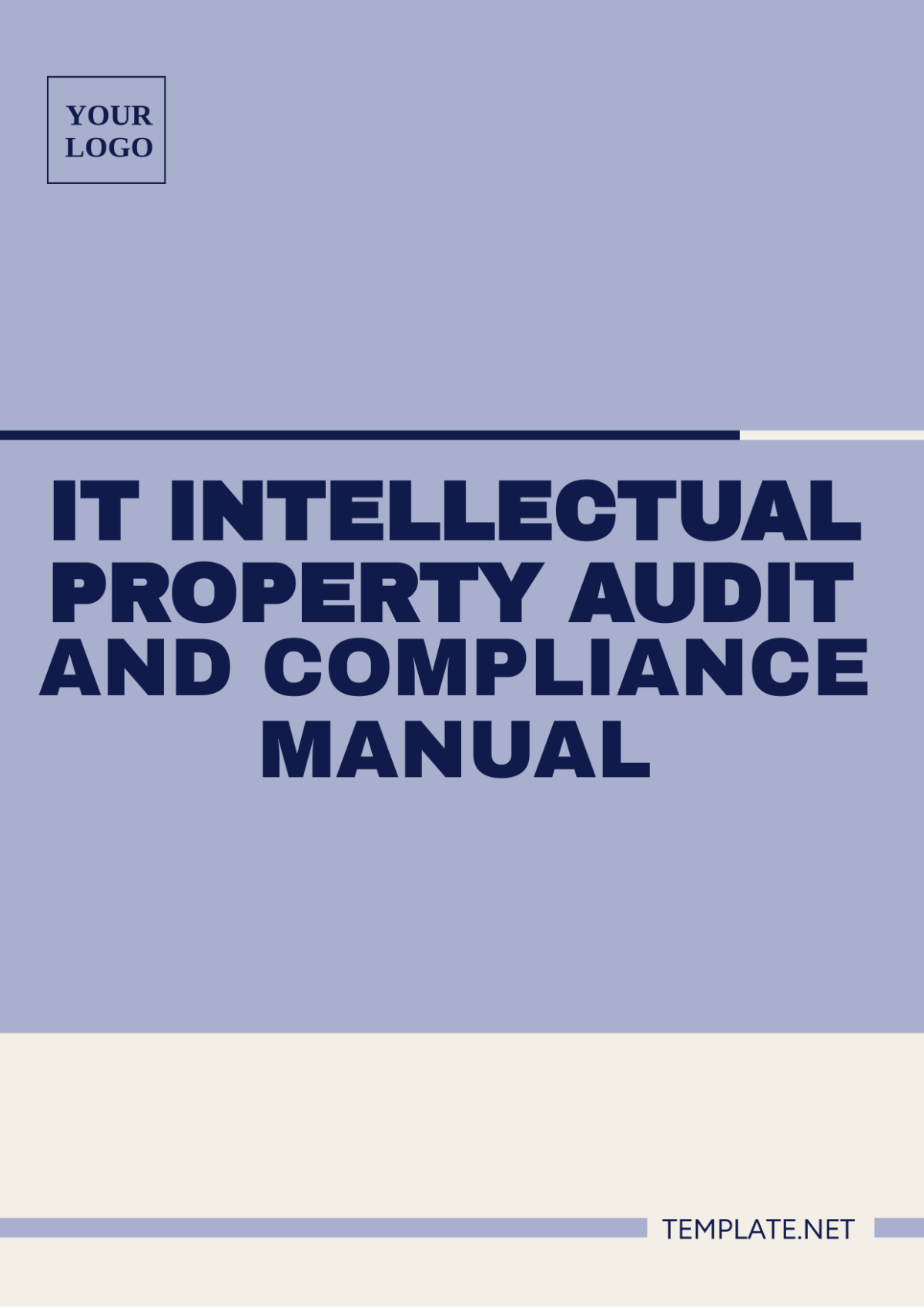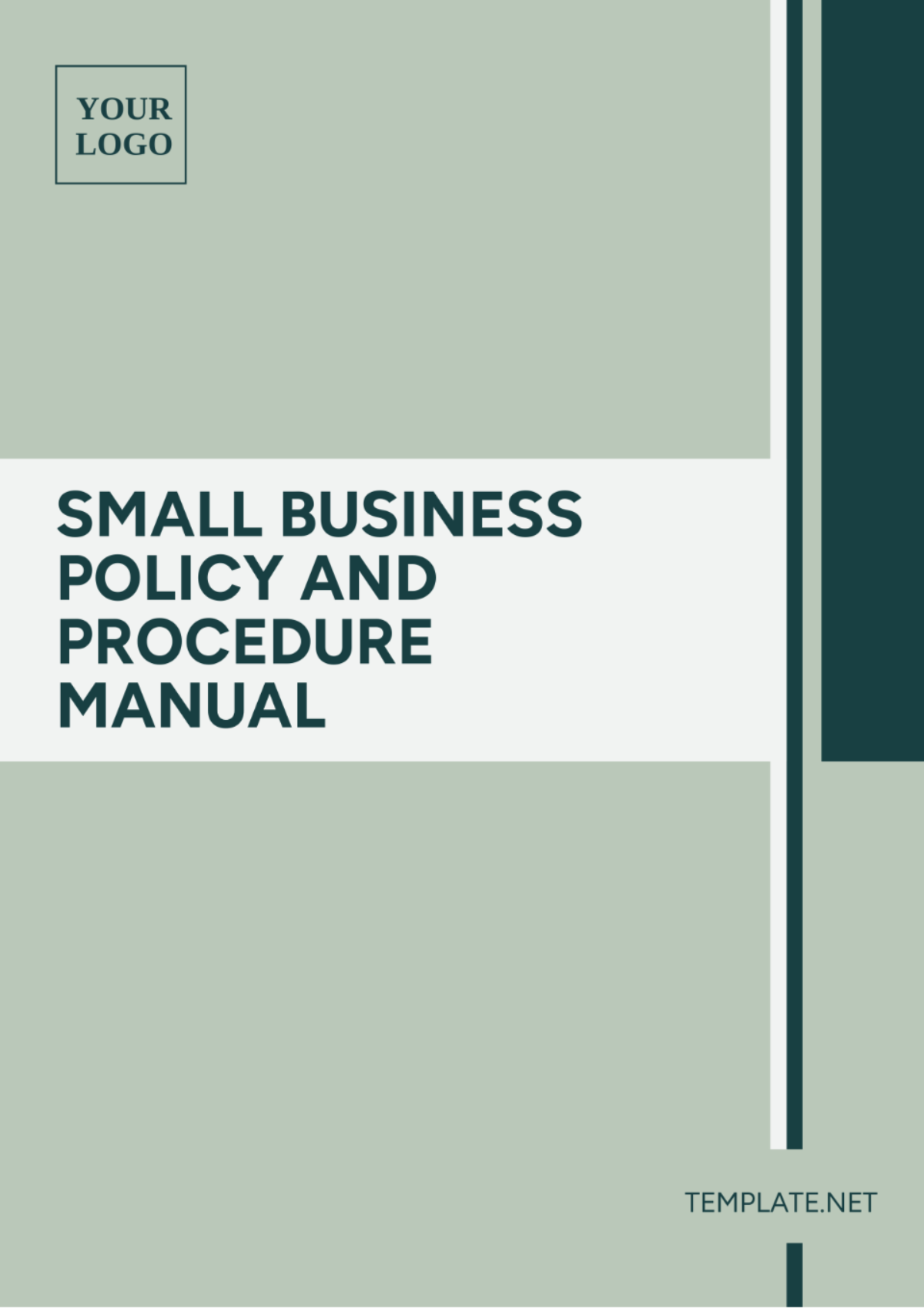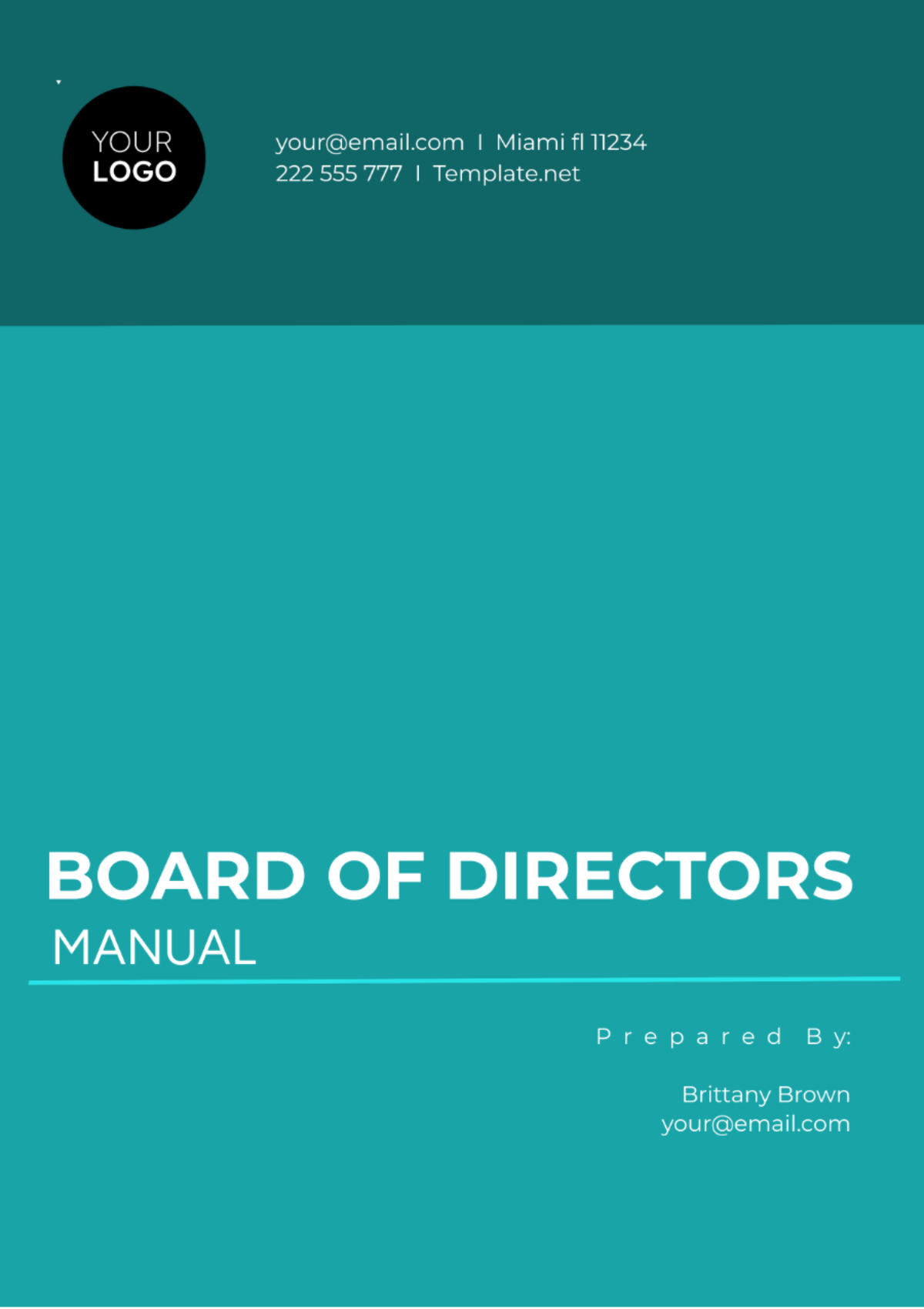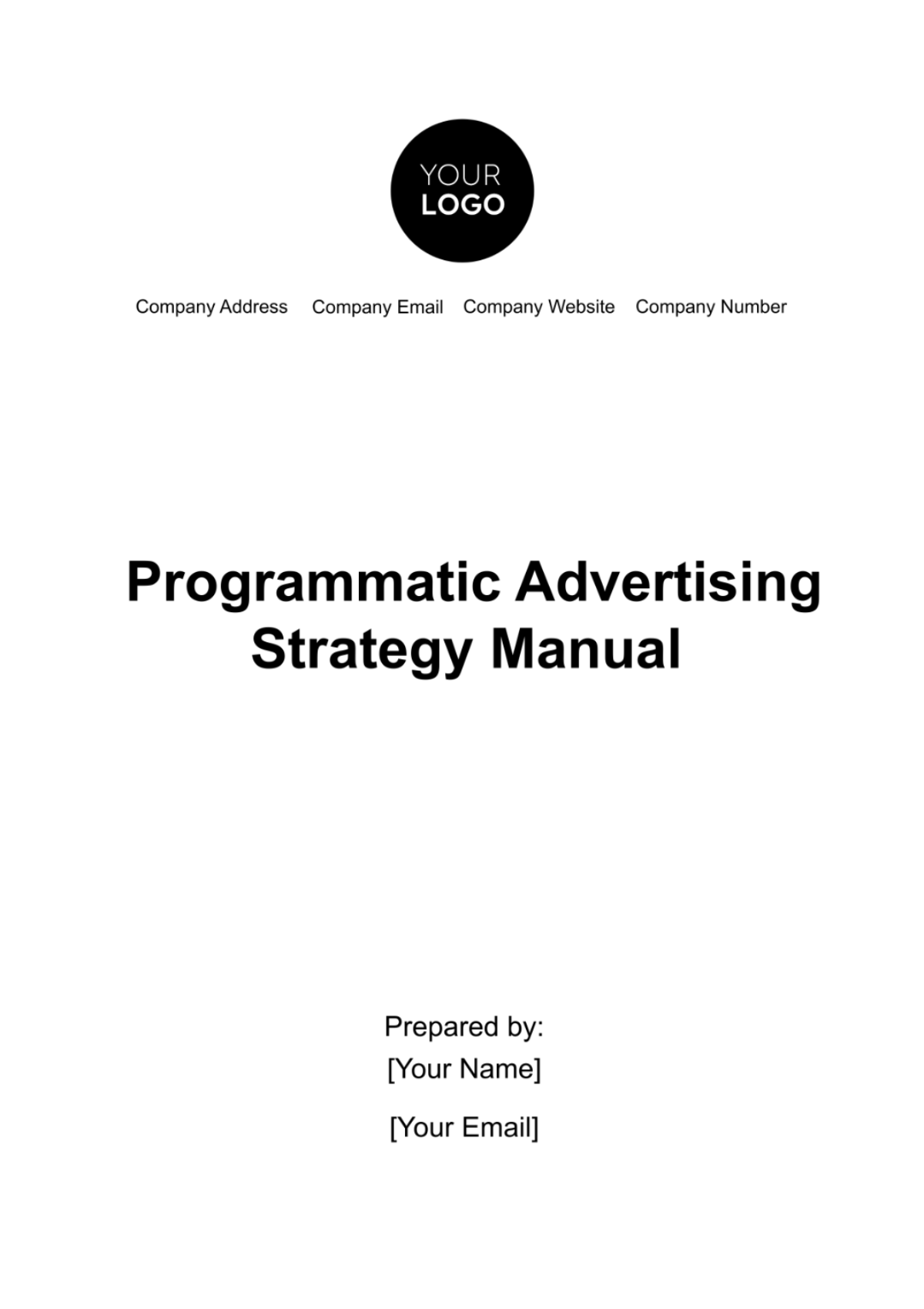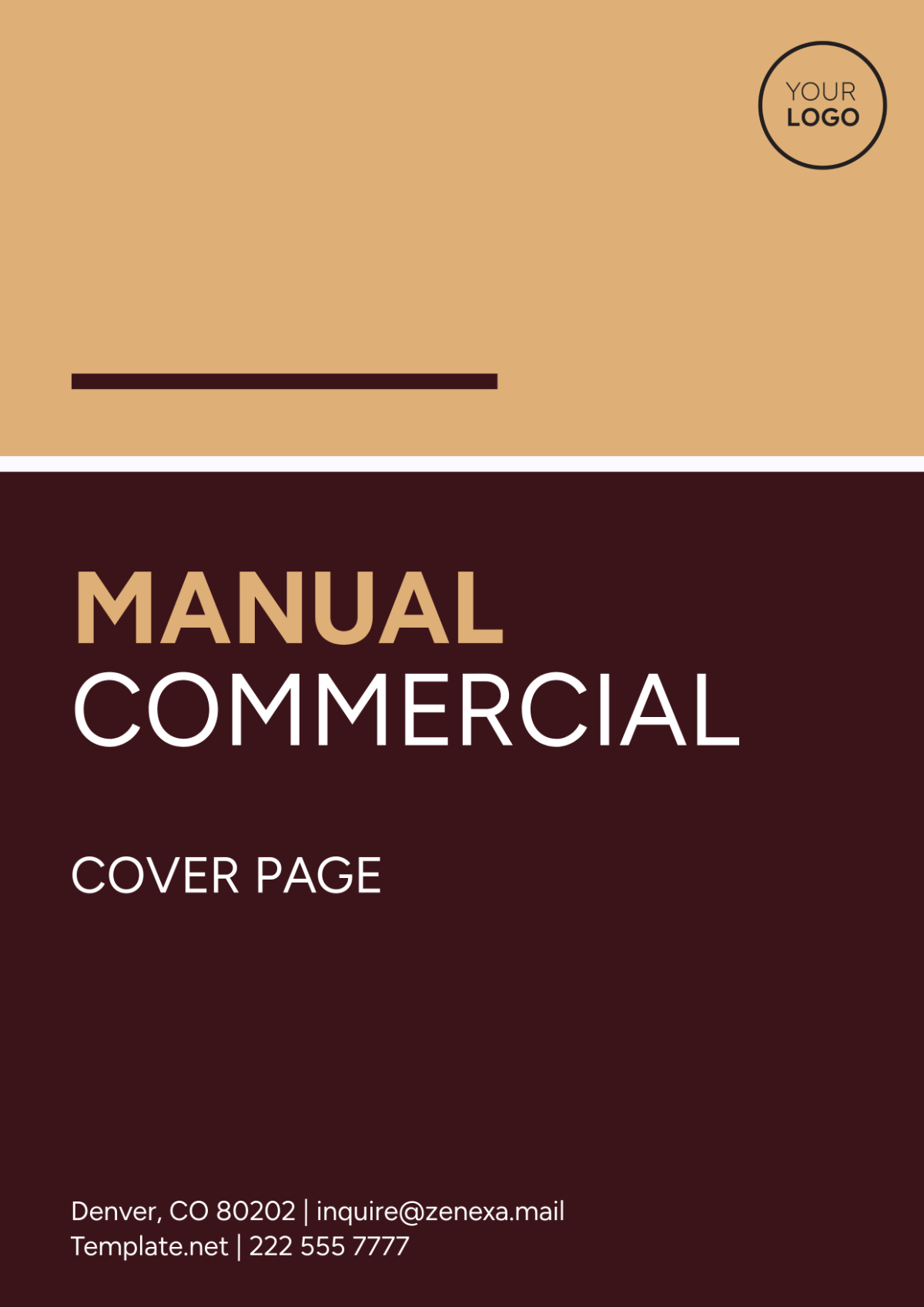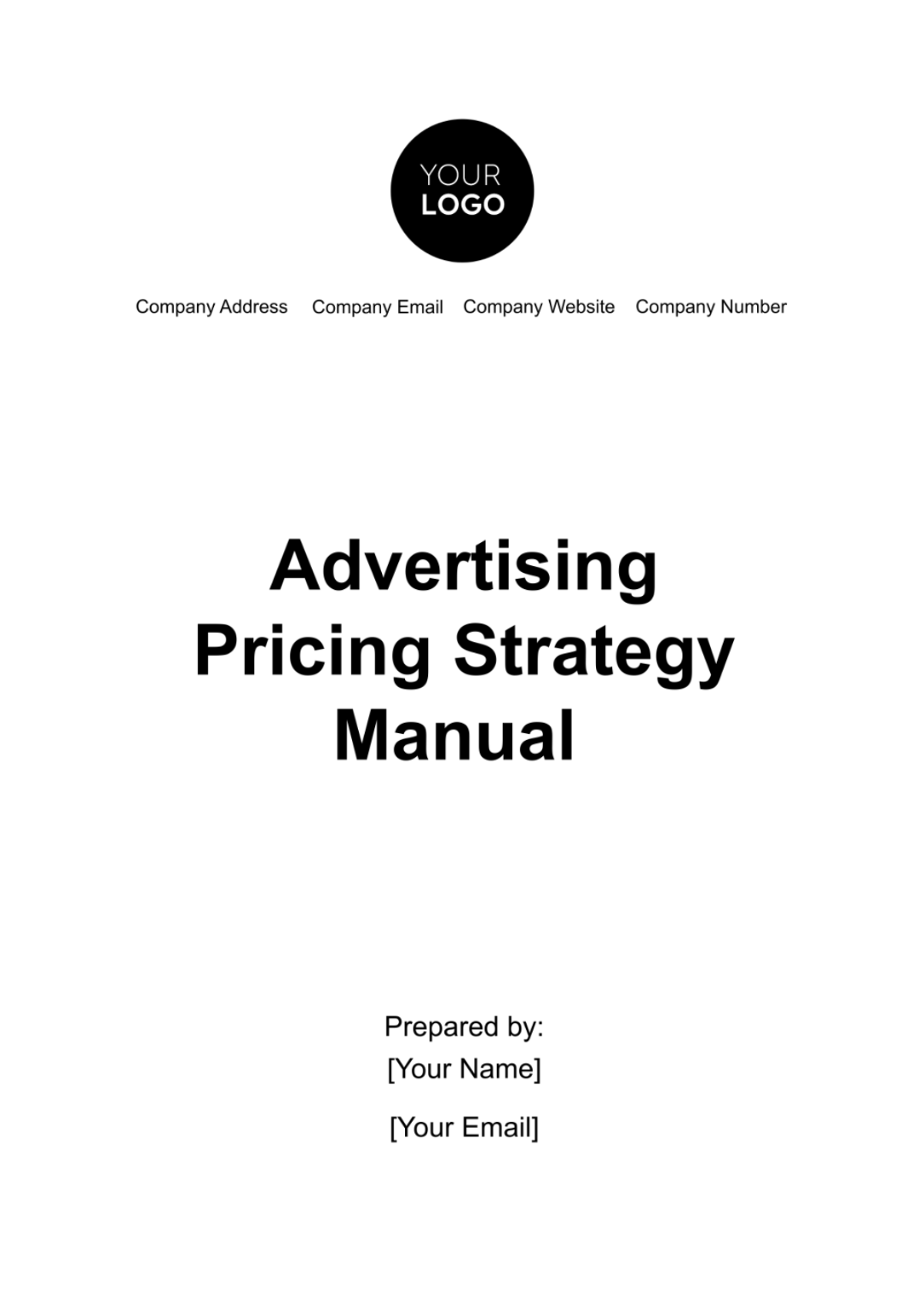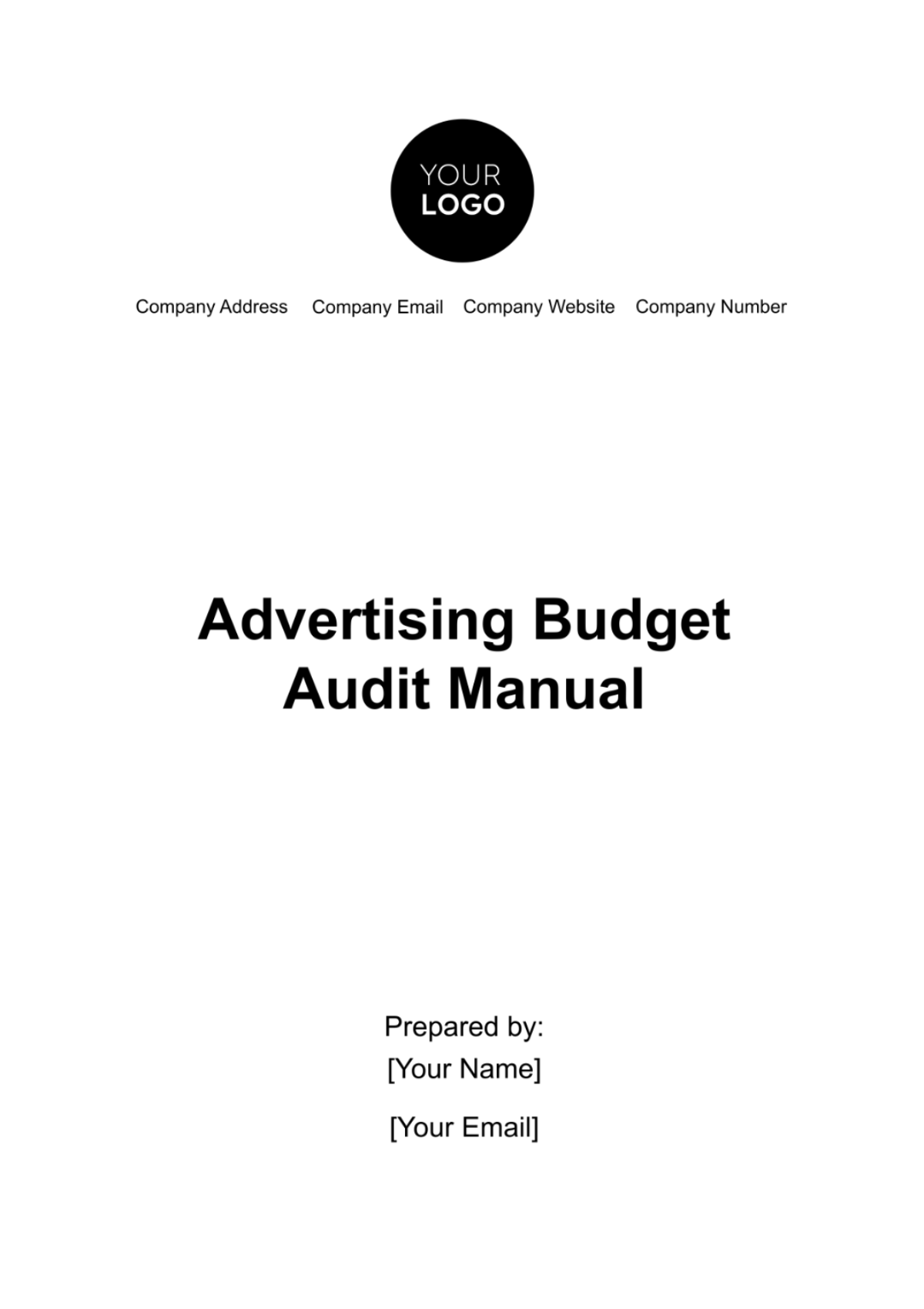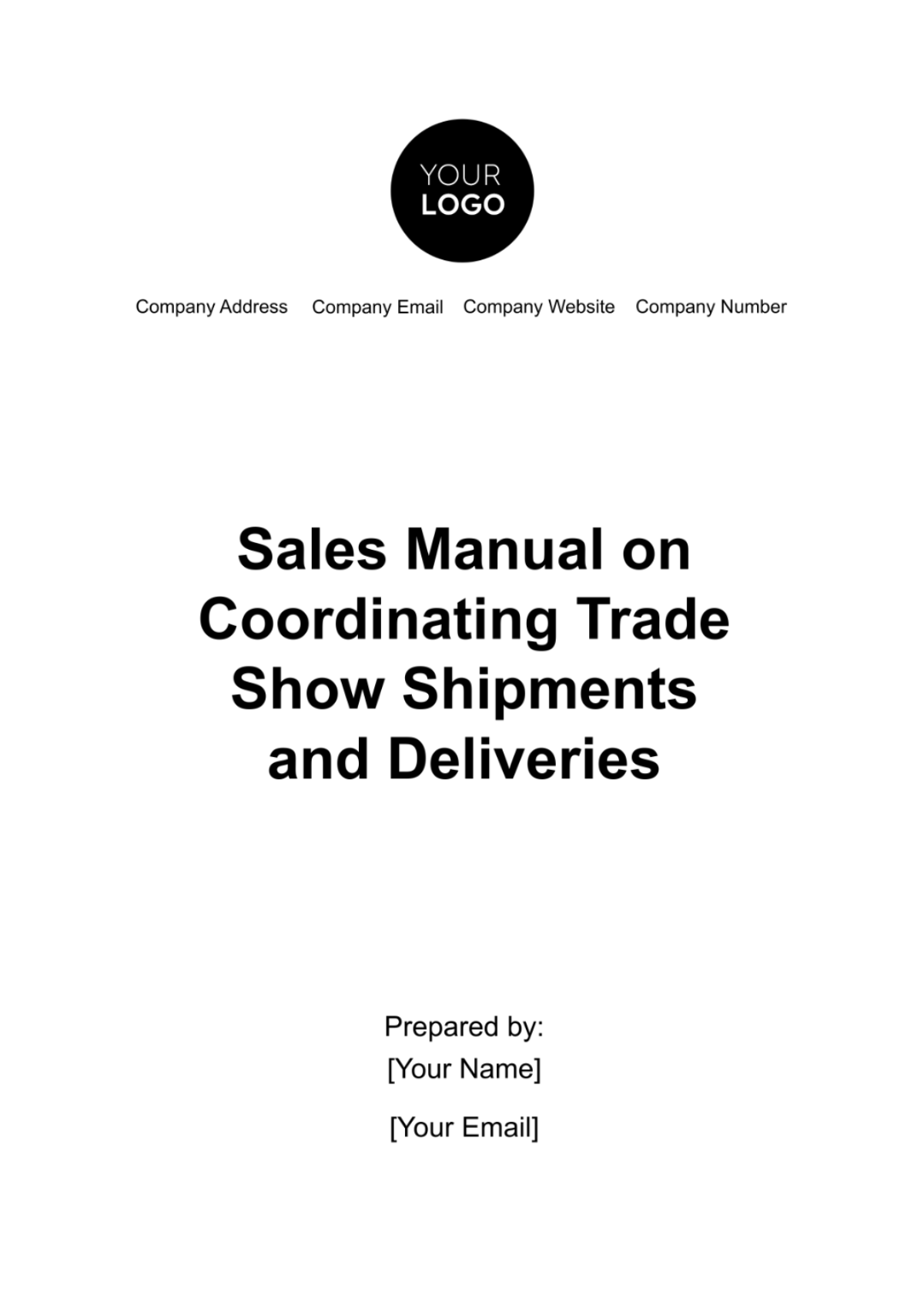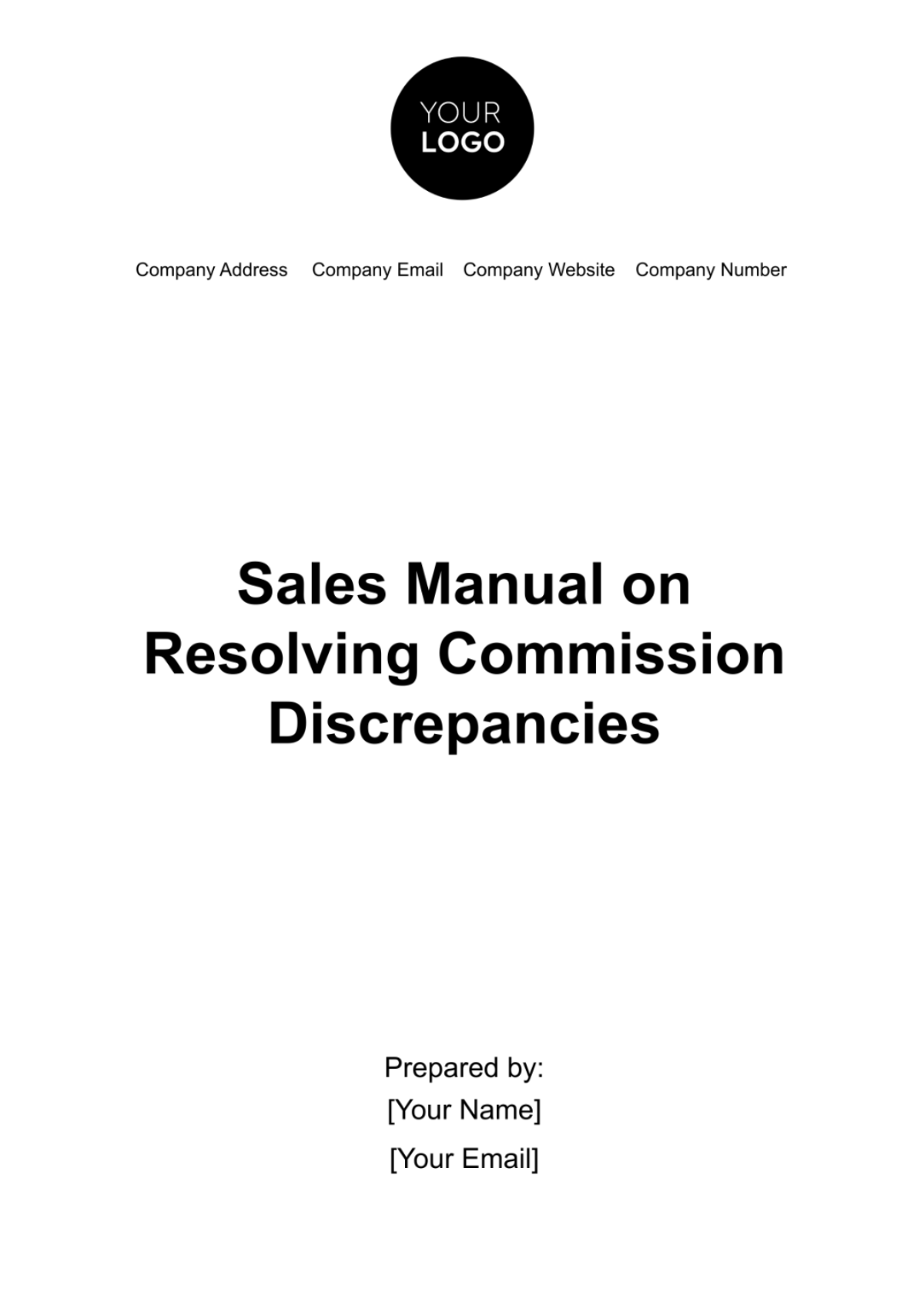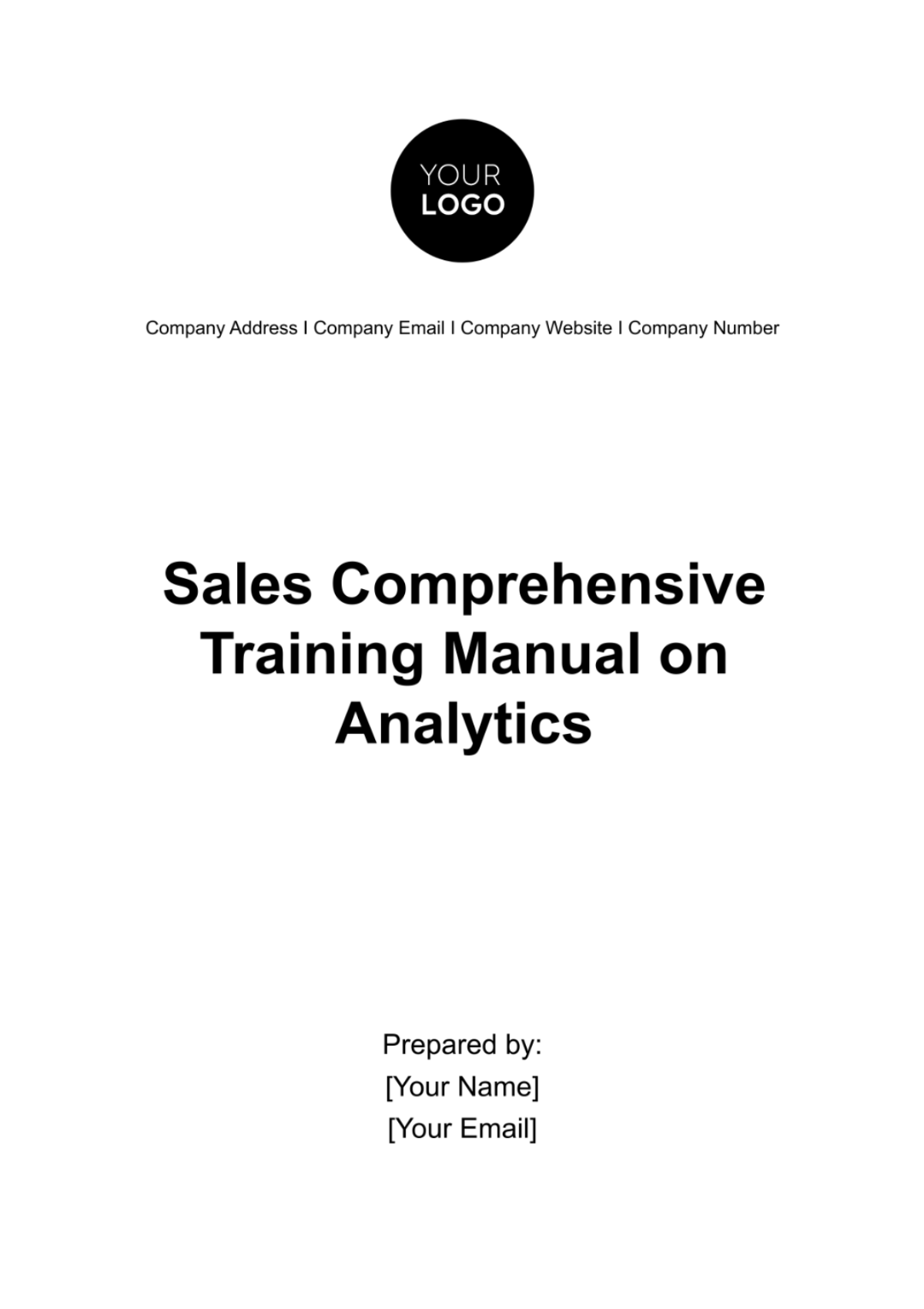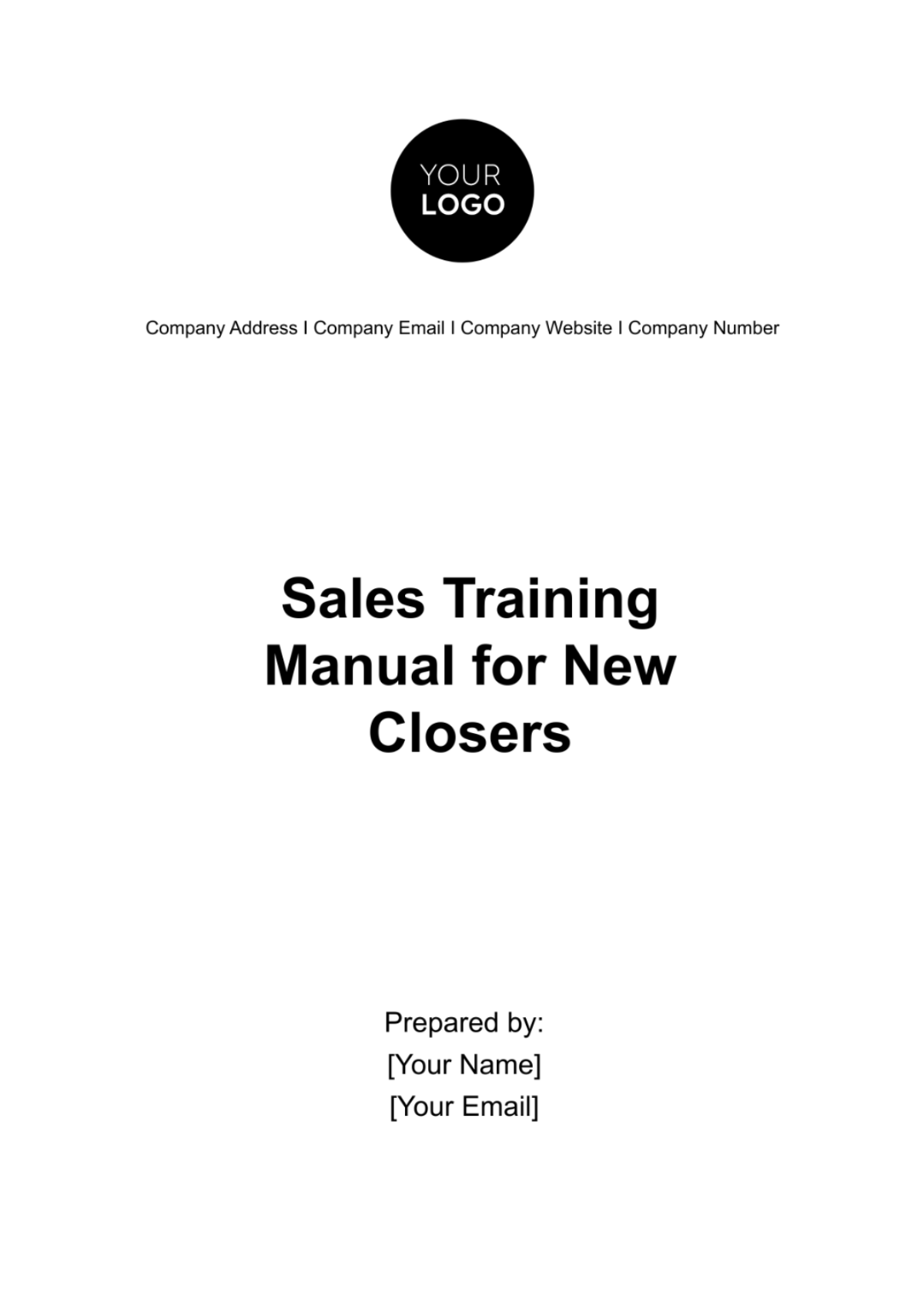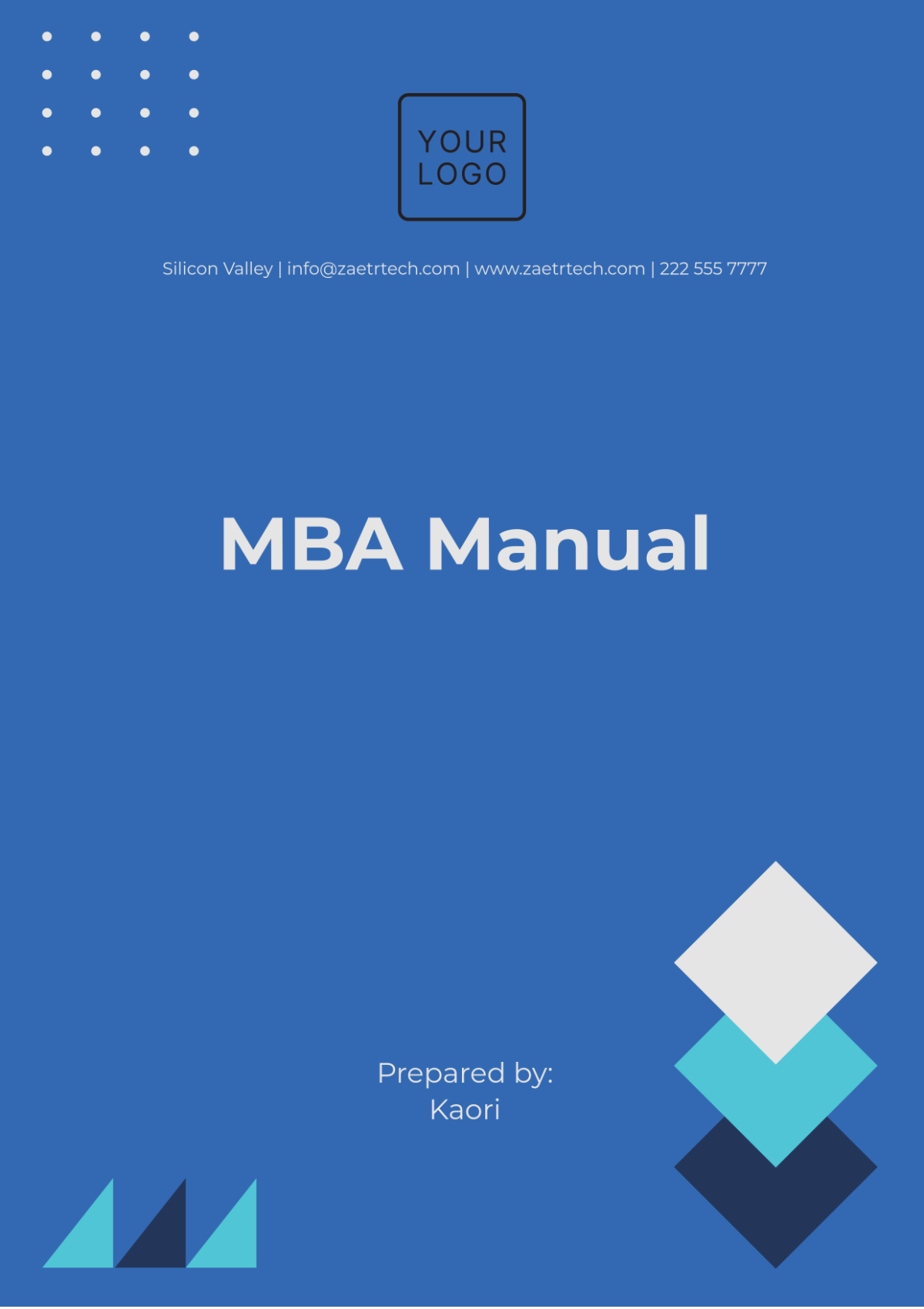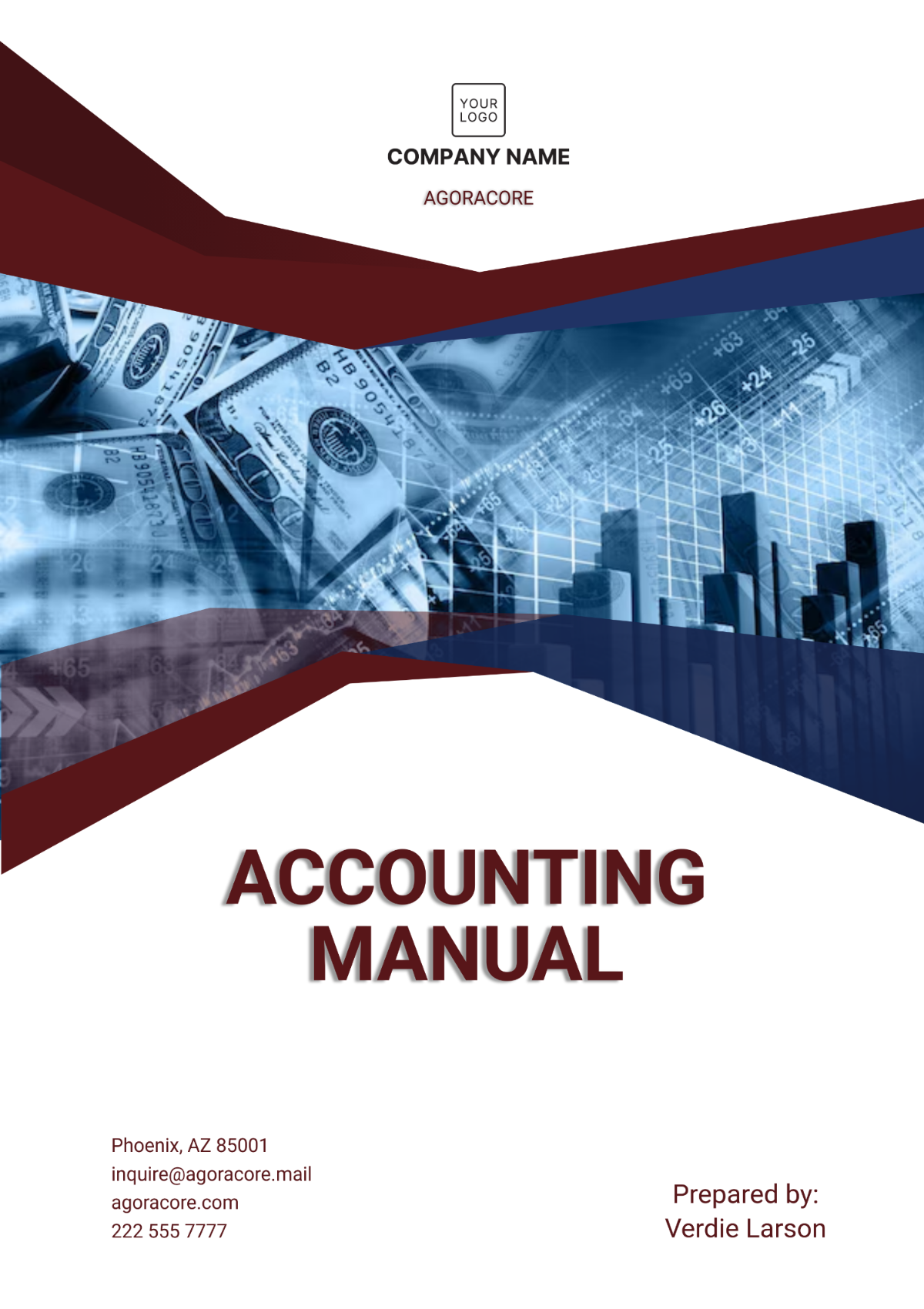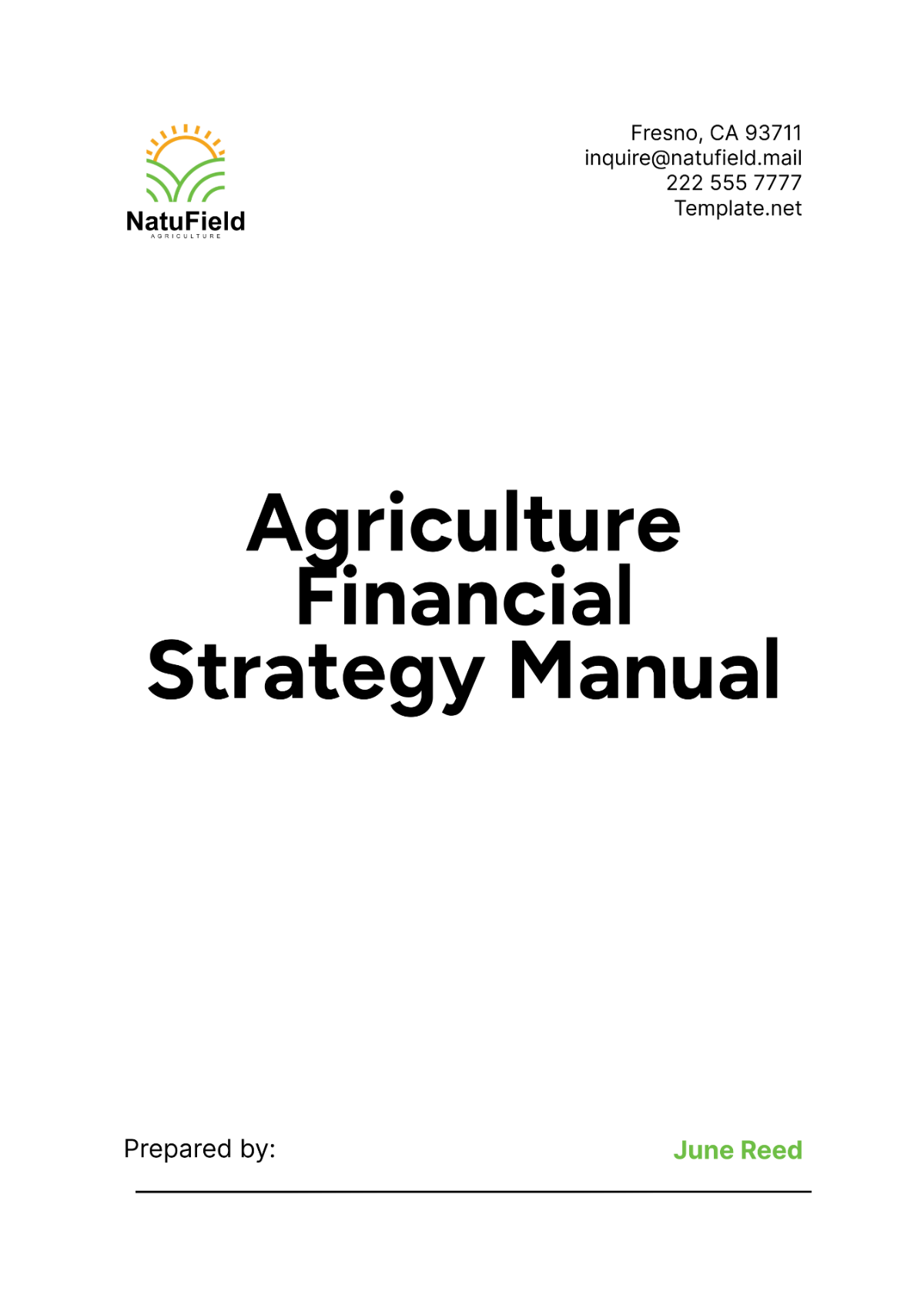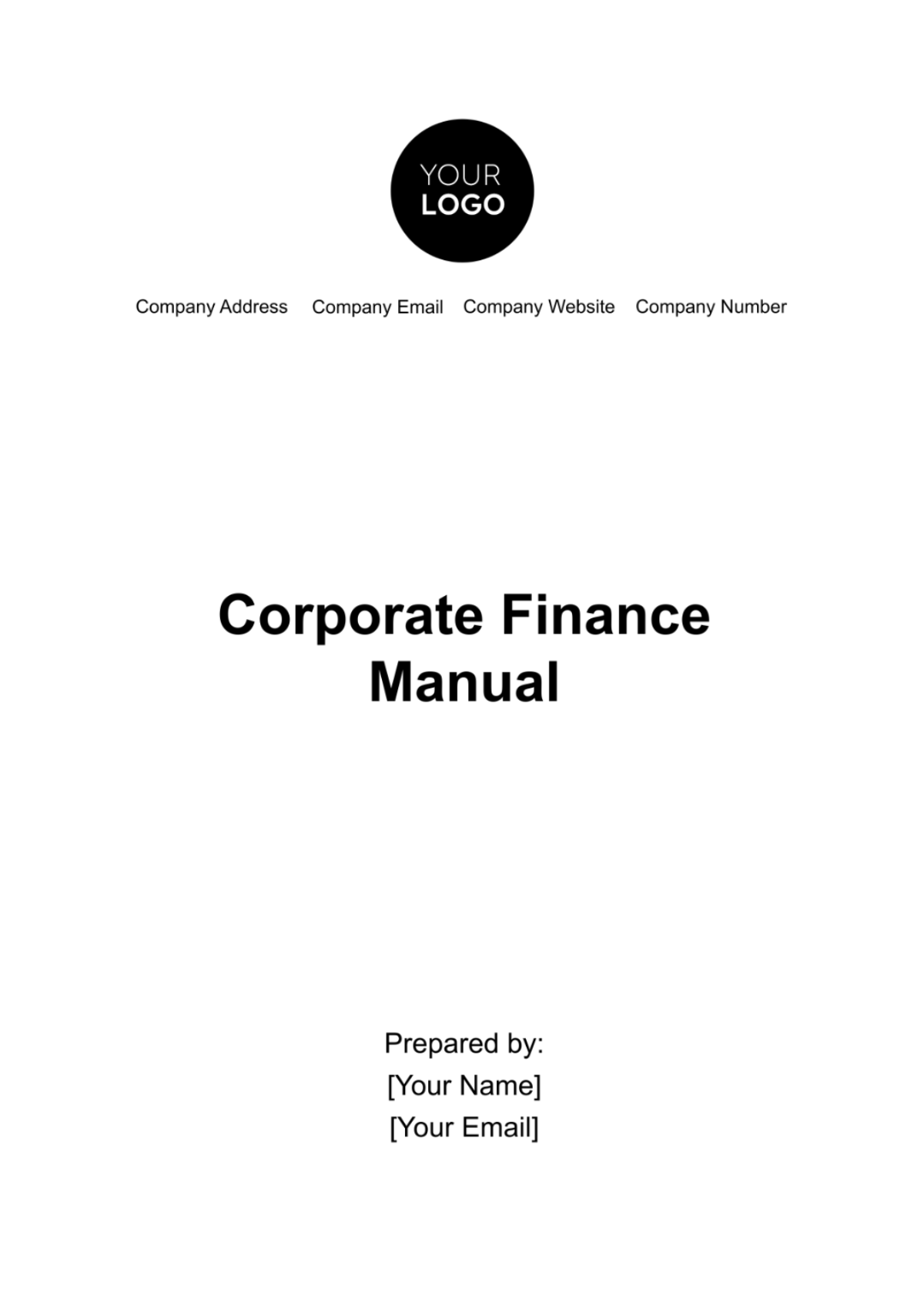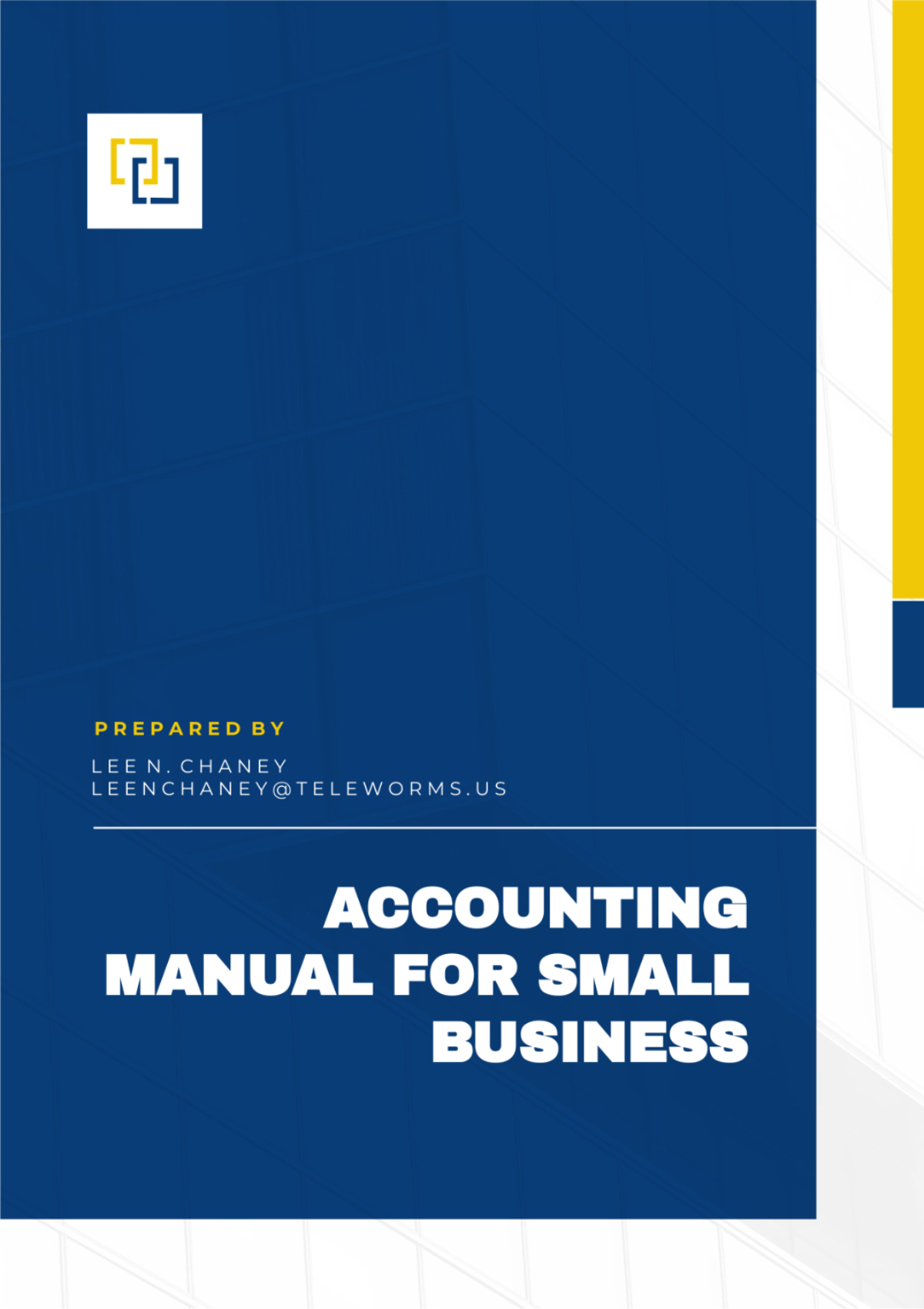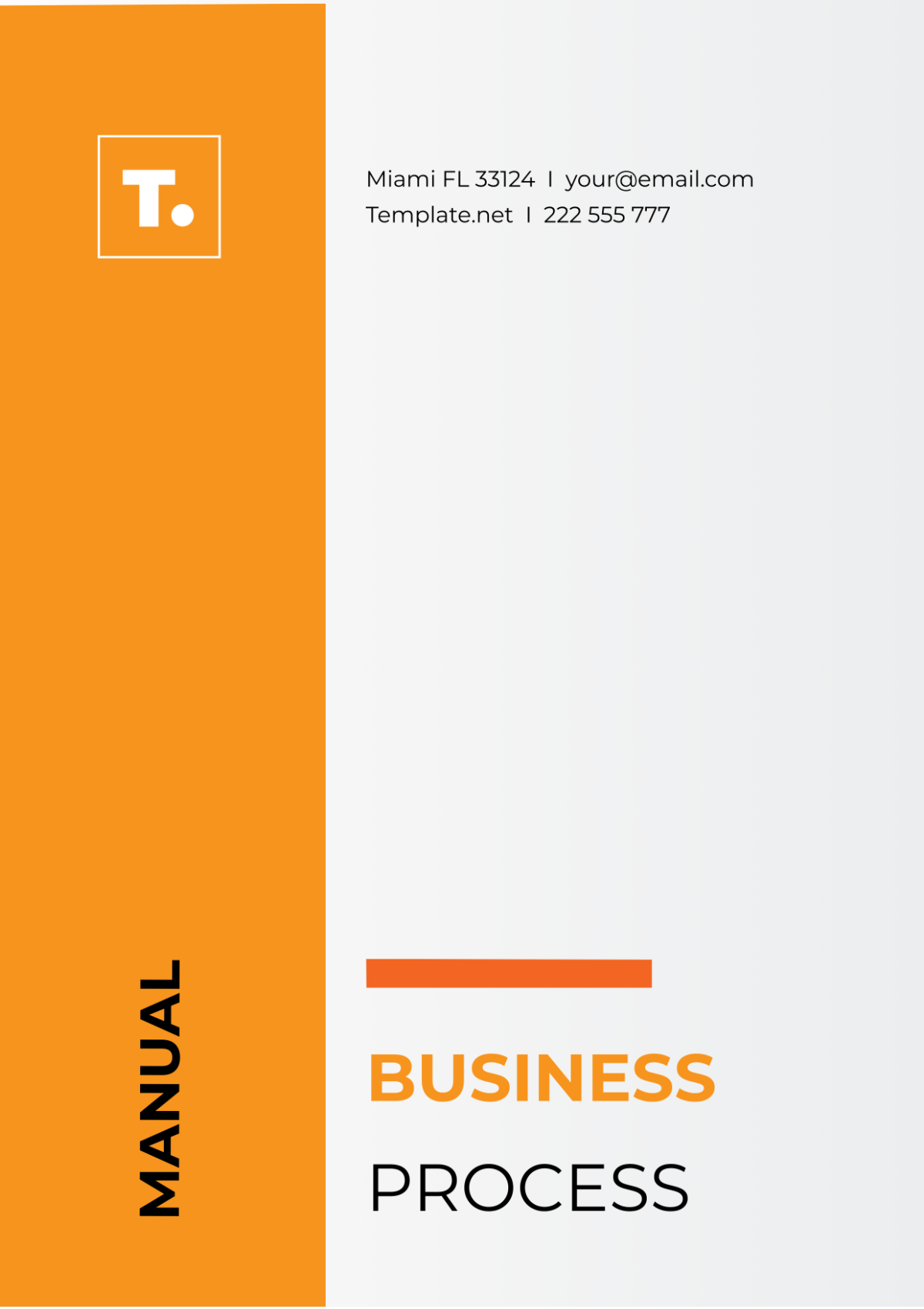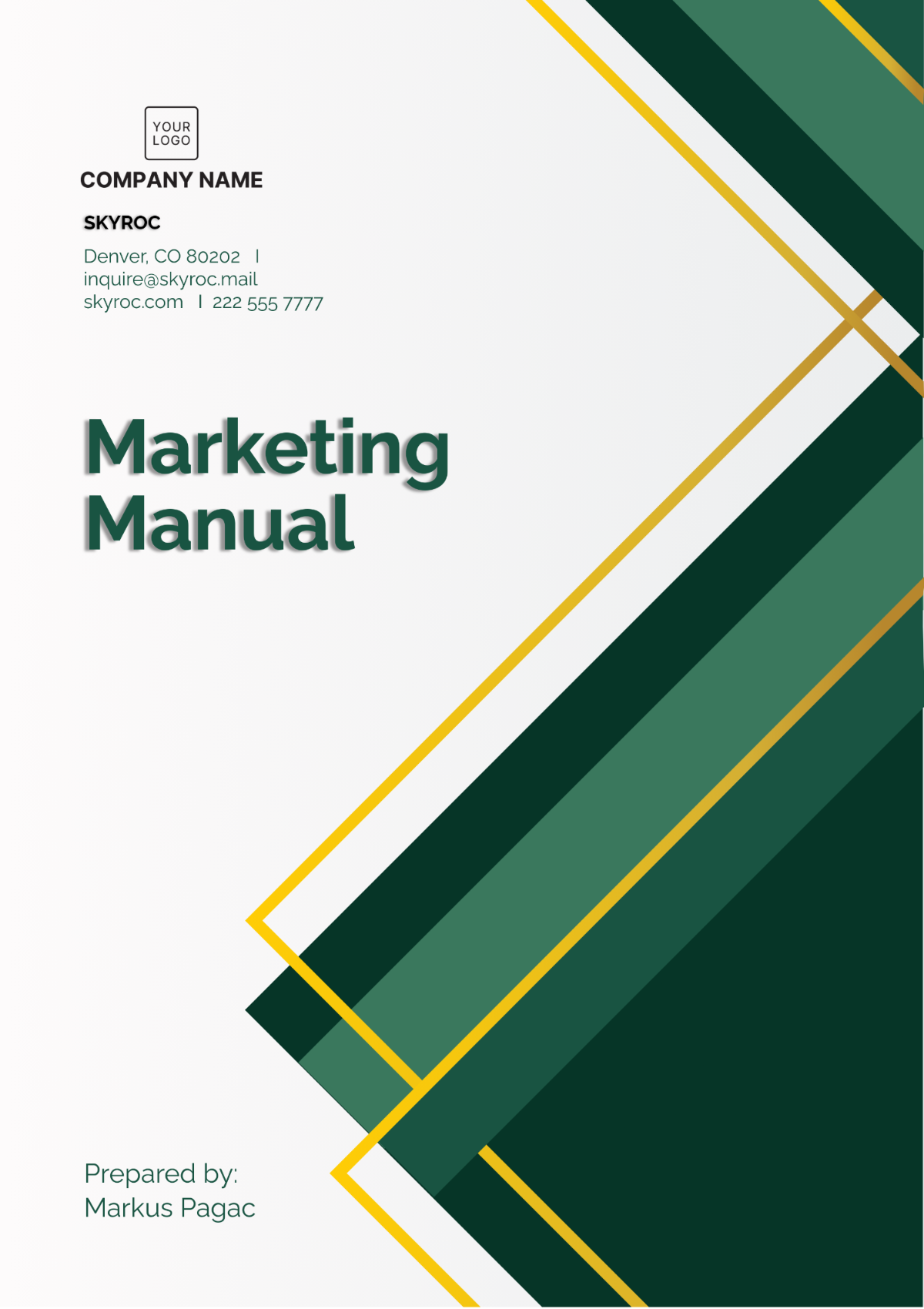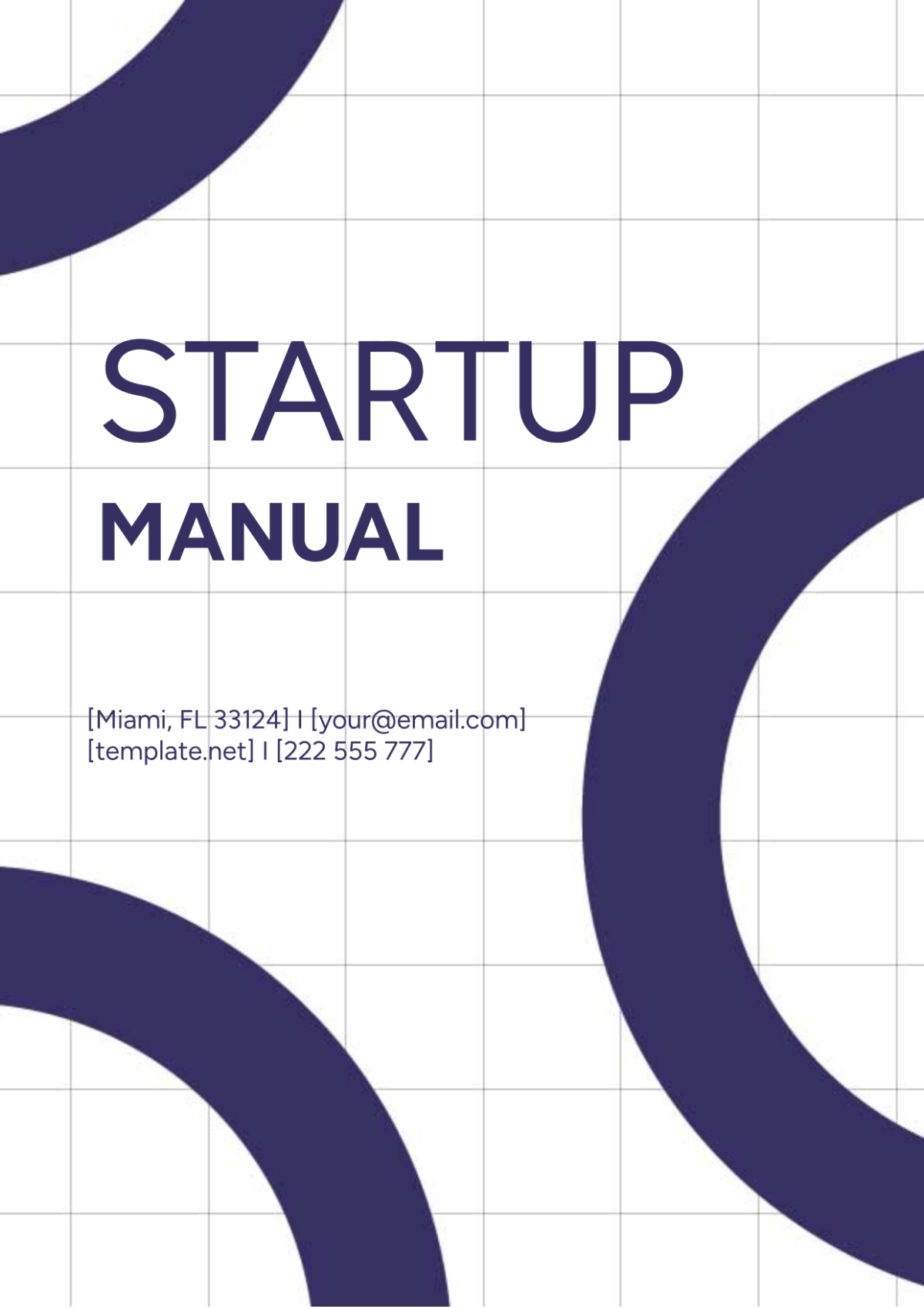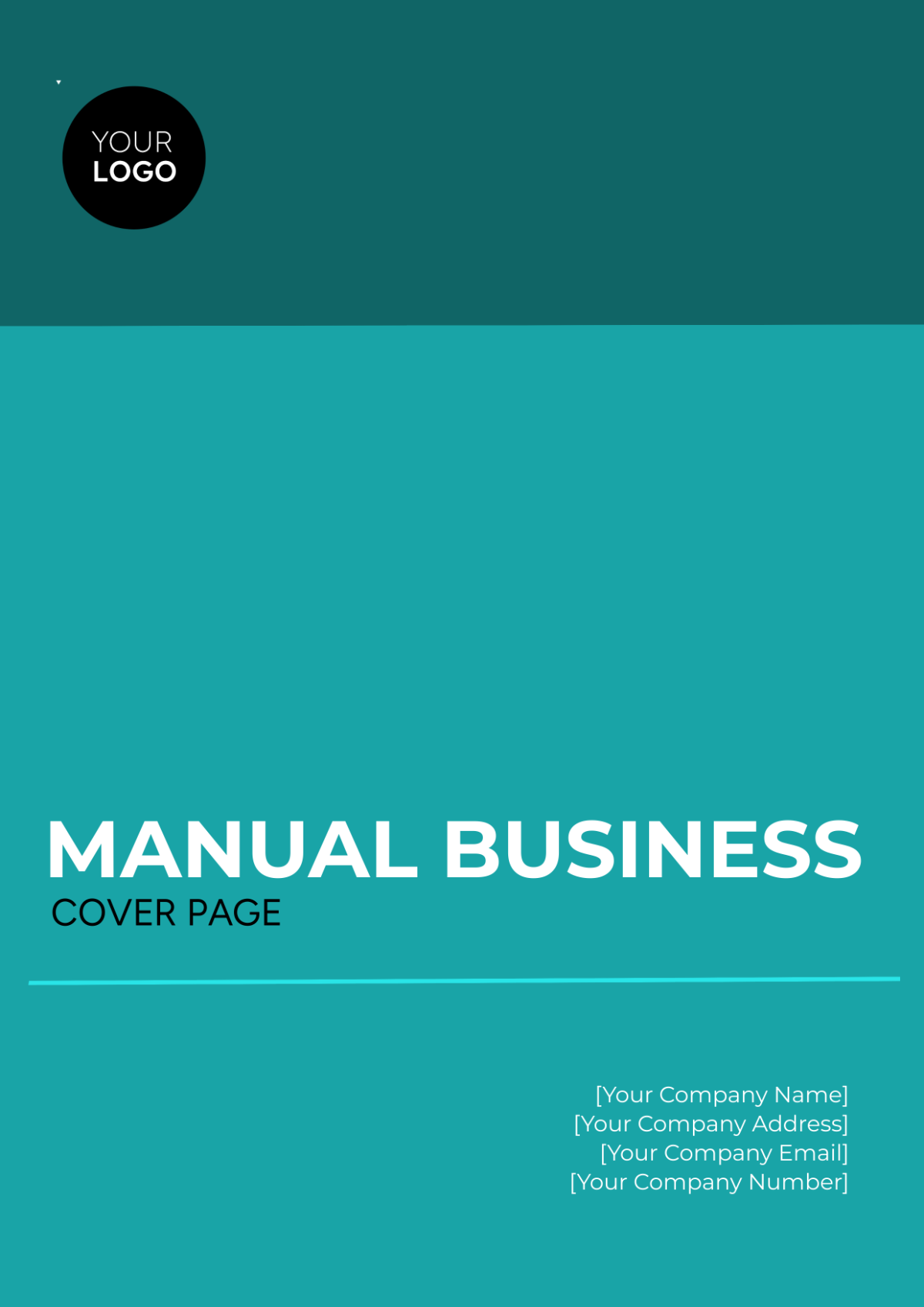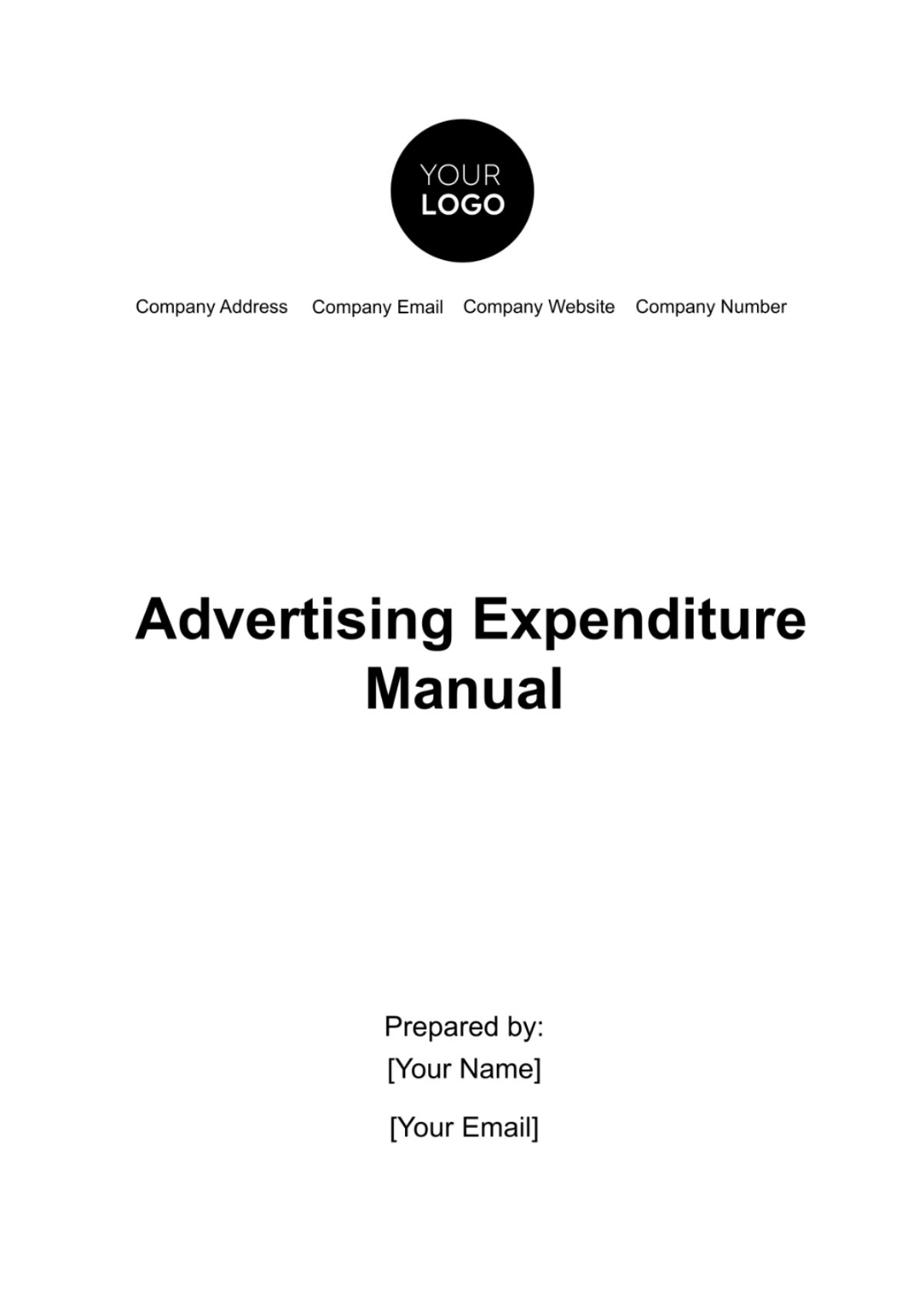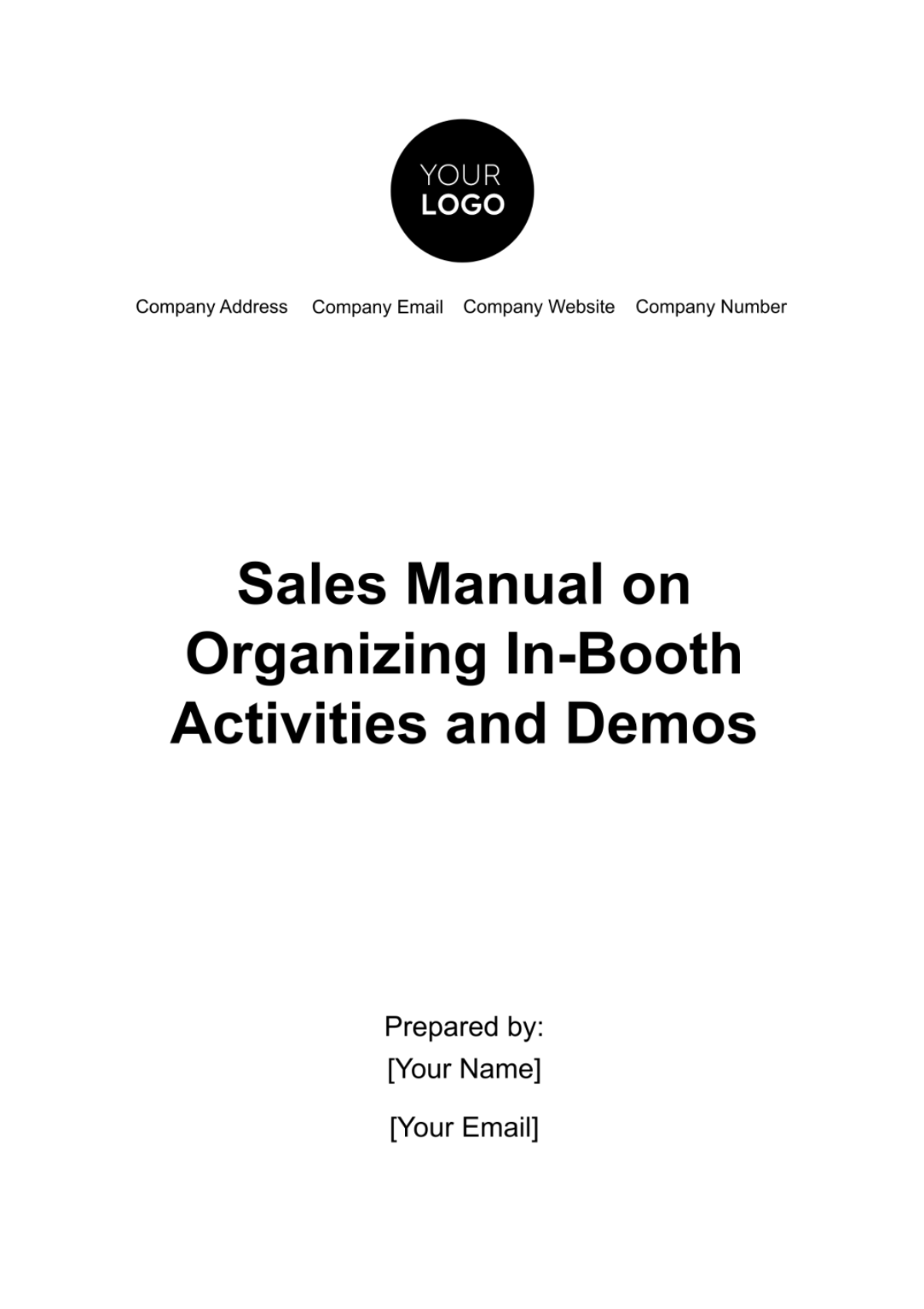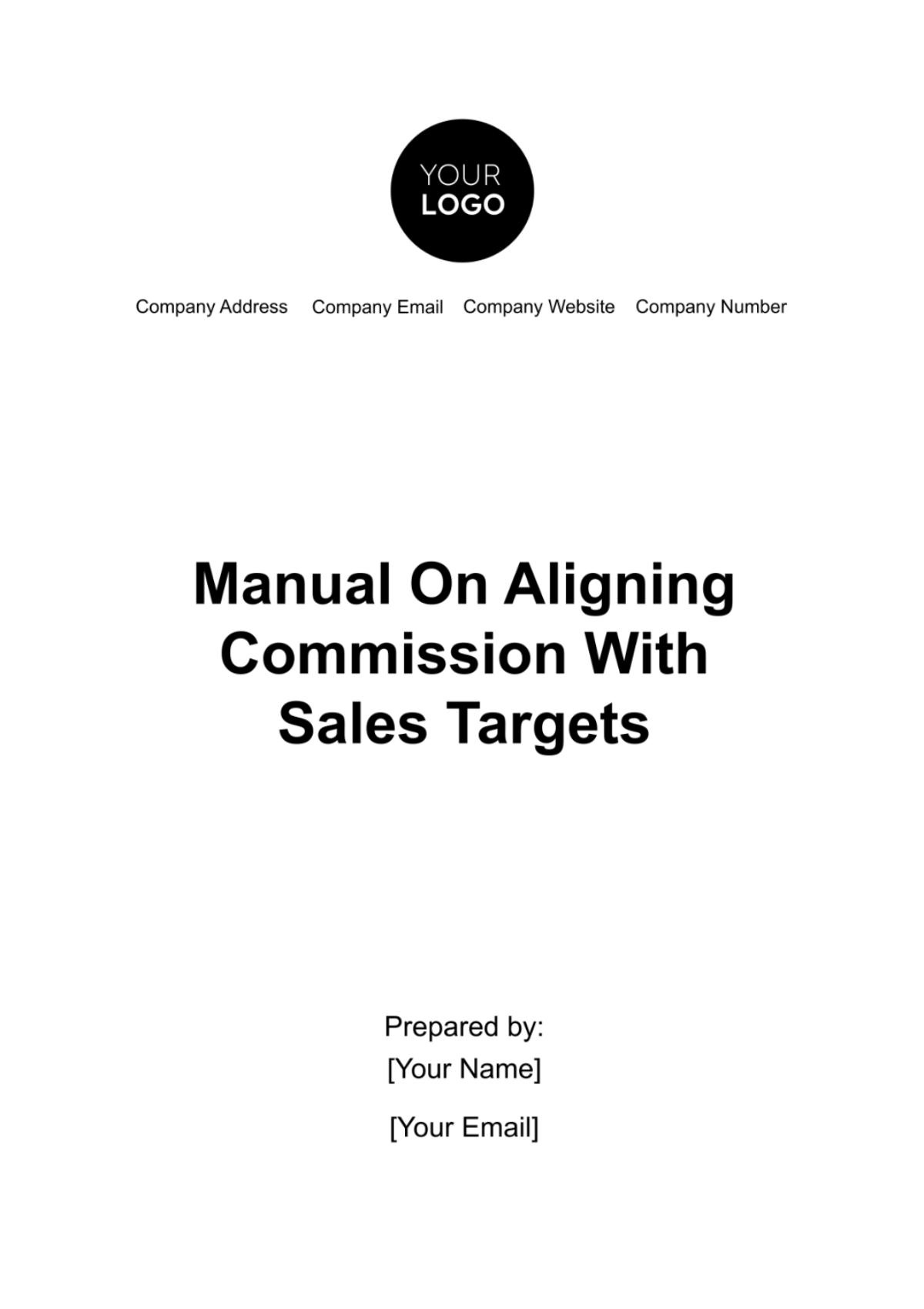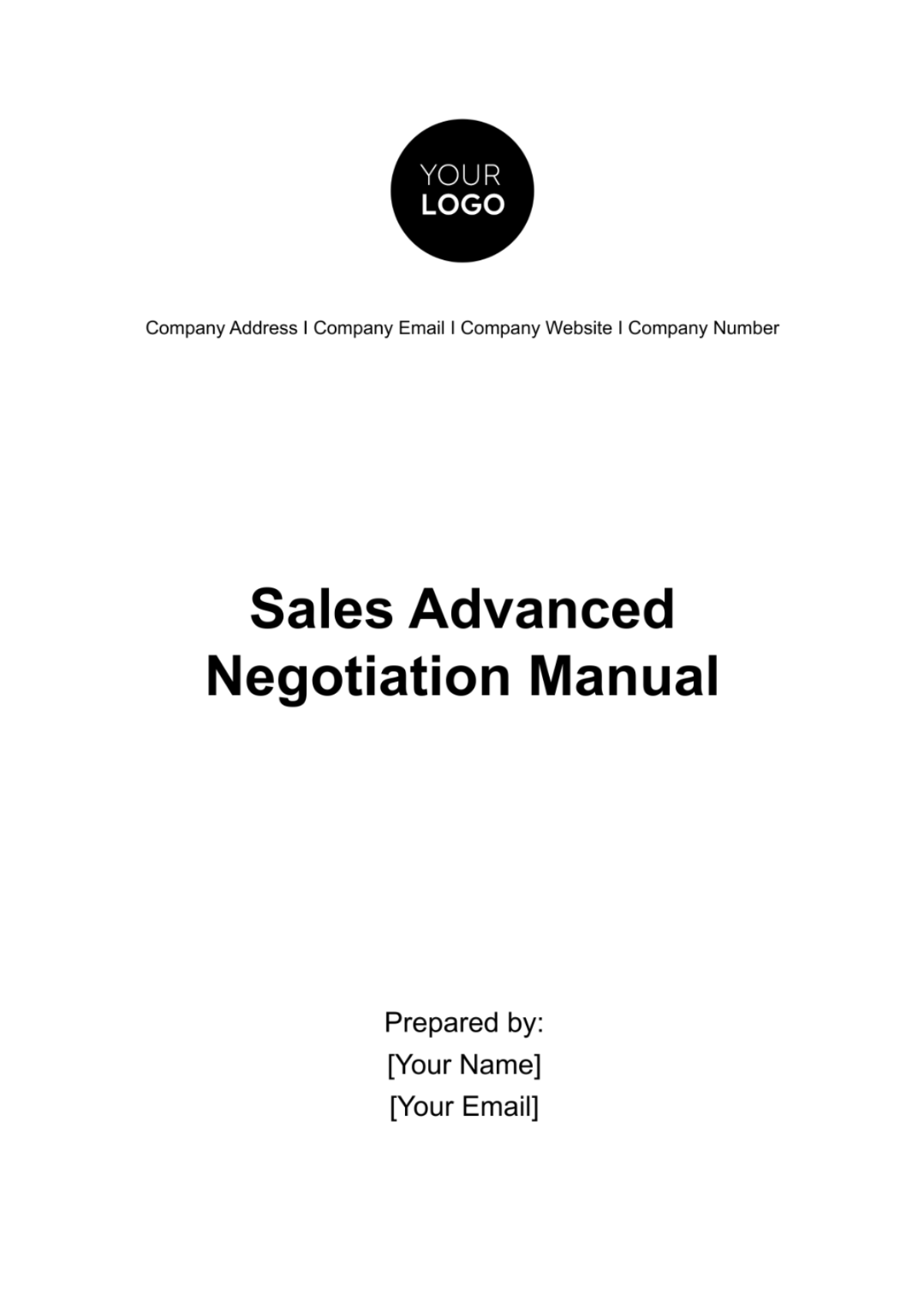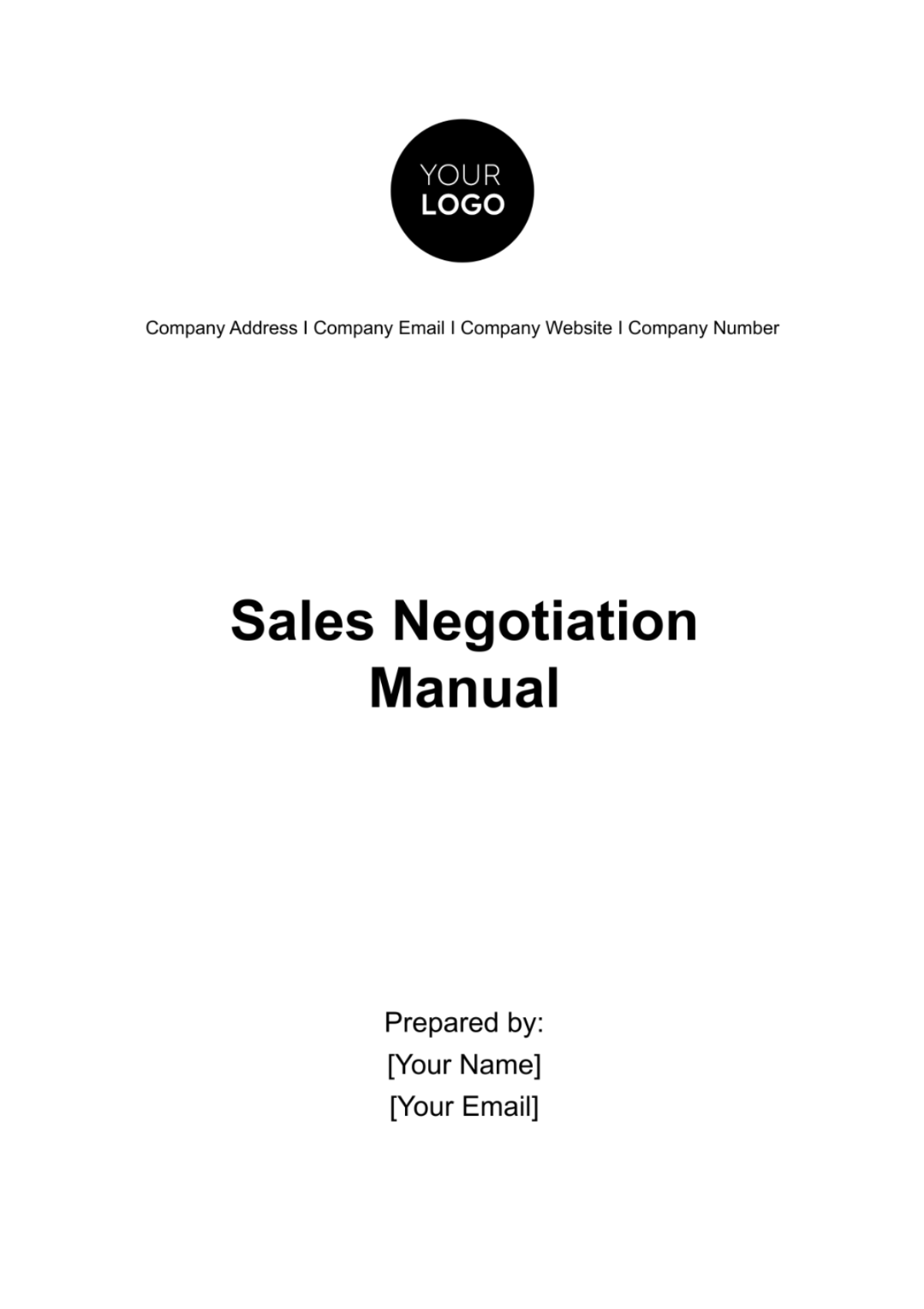Account Financial Forecasting Manual
Introduction
A. Purpose of the Manual
This manual is meticulously crafted to serve as a foundational resource for [Your Company Name]'s finance professionals engaged in Account Financial Forecasting. Its primary purpose is to provide a structured and comprehensive guide that facilitates a nuanced understanding of the various aspects, methodologies, and best practices involved in financial forecasting. By imparting in-depth knowledge, it aims to empower finance teams to enhance the accuracy and reliability of financial predictions, fostering informed decision-making within the organization.
B. Scope
The scope of this manual is expansive, covering the complete spectrum of financial forecasting activities within [Your Company Name]. It encapsulates the intricacies involved in forecasting revenue, expenses, and overall financial performance. Additionally, it delves into the methodologies and tools employed, ensuring a holistic approach to financial planning. From data collection and analysis to risk management and continuous improvement, the manual offers a detailed roadmap for stakeholders, providing valuable insights at every stage of the financial forecasting process.
C. Audience
This manual is tailored for a diverse audience within [Your Company Name]. Finance professionals, executives, and any personnel involved in financial planning, analysis, and decision-making will find this manual to be an indispensable resource. By catering to a wide range of roles and expertise levels, it aims to create a common understanding and language around financial forecasting practices, fostering collaboration and coherence across different departments.
Overview of Financial Forecasting
A. Definition of Financial Forecasting
At [Your Company Name], financial forecasting transcends mere prediction; it is a dynamic and strategic process. Financial forecasting involves the systematic analysis of historical financial data, market trends, and internal and external variables to anticipate future financial outcomes accurately. This definition emphasizes the proactive nature of financial forecasting, positioning it as a key driver of strategic decision-making rather than a passive prediction exercise.
B. Importance of Financial Forecasting
Financial forecasting is integral to [Your Company Name]'s success and resilience in a dynamic business environment. The accuracy of forecasts directly impacts the organization's ability to:
Allocate Resources Effectively: By anticipating future financial needs, [Your Company Name] can allocate resources efficiently, optimizing budget allocations and preventing resource shortages.
Identify Potential Financial Risks: The proactive nature of financial forecasting enables the identification and mitigation of potential risks, safeguarding the organization against unforeseen challenges.
Set Realistic Financial Goals: Accurate forecasts provide a realistic basis for setting financial goals, aligning the organization's ambitions with achievable outcomes.
Enhance Overall Financial Performance: Informed by reliable forecasts, [Your Company Name] can make strategic decisions that enhance overall financial performance, driving sustainable growth and profitability.
C. Benefits of Effective Financial Forecasting
Improved Budgeting
Effective financial forecasting ensures precise budgeting by aligning financial resources with organizational goals and priorities. This not only prevents resource shortages but also promotes efficient resource utilization.
Informed Decision-Making
Accurate forecasts empower [Your Company Name]'s leadership with reliable data, enabling them to make well-informed and strategic decisions that positively impact the organization's trajectory.
Risk Mitigation
By identifying and addressing potential financial risks in advance, [Your Company Name] can proactively mitigate threats to its financial stability, enhancing resilience in the face of uncertainties.
Stakeholder Confidence
Transparent and reliable financial planning, backed by accurate forecasting, fosters trust and confidence among investors, employees, and other stakeholders. This, in turn, contributes to a positive organizational reputation and sustained support.
D. Regulatory Compliance
As part of its commitment to transparency and accountability, [Your Company Name] adheres rigorously to all relevant financial regulations and reporting standards throughout the forecasting process. This ensures that financial forecasts align with regulatory requirements and industry best practices.
Roles and Responsibilities
A. Finance Department
The finance department plays a pivotal role in the financial forecasting process:
Gathering and Analyzing Financial Data
The finance team is responsible for collecting, processing, and analyzing historical financial data. This includes revenue streams, operating expenses, and other relevant financial metrics. For example, in the fiscal year 2050, the finance department gathered data on total revenue, operating costs, and net profit, reporting [$5,000,000], [$3,000,000], and [$2,000,000], respectively.
Collaboration with Other Departments
To ensure comprehensive data collection, the finance department collaborates closely with other departments. This involves obtaining insights from sales, marketing, operations, and other relevant teams. For instance, collaboration with the sales department revealed a projected increase of 15% in sales for the upcoming year.
Development and Maintenance of Forecasting Models
The finance team is responsible for developing and maintaining sophisticated forecasting models. Utilizing tools like [Your Company Name]'s proprietary forecasting software, these models integrate historical data and market trends to generate accurate predictions. An example includes the implementation of a time series analysis model that accurately predicted a 10% growth in revenue for the next quarter.
B. [Your Company Name] Leadership Team
The leadership team, including executives and decision-makers, has specific responsibilities related to financial forecasting:
Utilization of Forecasted Data for Decision-Making
Members of the leadership team leverage forecasted data for strategic decision-making. In a recent decision, the CEO used financial forecasts to approve an increased budget for research and development, aligning with the anticipated growth in market demand.
Approval of Budget Allocations
Based on financial forecasts, the leadership team approves budget allocations for various departments. For example, the marketing department received a budget of [$2,500,000] for the next fiscal year, aligned with the forecasted increase in market competition.
Communication of Financial Goals
The leadership team communicates the financial goals derived from forecasts to the organization. This includes setting performance targets, revenue goals, and expense reduction targets. As an example, the CFO communicated a 12% reduction in operating expenses based on forecasted efficiencies.
Forecasting Methodologies
A. Time Series Analysis
Time series analysis is a cornerstone in [Your Company Name]'s financial forecasting process:
Utilization of Historical Sales Data
The finance department utilizes historical sales data to identify patterns and trends. For instance, by analyzing sales data from the past five years, the team identified a consistent seasonal increase in sales during the holiday season.
Market Demand Analysis
Incorporating market demand analysis, the forecasting team evaluates external factors influencing sales. A recent market demand analysis indicated a growing demand for sustainable products, influencing the forecasted increase in revenue for eco-friendly product lines.
B. Scenario Analysis
Scenario analysis is employed to assess different potential outcomes:
Examination of Various Scenarios
The finance team examines multiple scenarios, considering factors like economic fluctuations, market disruptions, and regulatory changes. For instance, a scenario analysis revealed potential revenue variations based on optimistic and pessimistic market conditions.
Impact on Financial Outcomes
Each scenario is assessed for its impact on financial outcomes, allowing [Your Company Name] to develop contingency plans. In a recent scenario analysis, the finance team identified potential risks associated with supply chain disruptions, prompting strategic adjustments in inventory management.
C. Market-Based Forecasting
Considering market trends is crucial in [Your Company Name]'s forecasting approach:
Integration of Market Trends
Market-based forecasting involves integrating data on industry trends, competitor performance, and consumer behavior. An example includes tracking industry reports indicating a shift towards online sales, influencing the decision to invest in e-commerce infrastructure.
Adaptation to Market Changes
The forecasting team adapts models based on evolving market conditions. For instance, in response to a sudden market shift towards sustainable practices, the finance department adjusted forecasts to accommodate increased consumer demand for eco-friendly products.
Data Collection and Analysis
A. Data Sources
Data collection is a crucial aspect of financial forecasting at [Your Company Name]:
Internal Financial Records
The finance department relies on internal financial records, including income statements, balance sheets, and cash flow statements. In the most recent financial data collection, the team extracted information from the income statement, revealing a total revenue of [$6,500,000], operating costs of [$4,000,000], and a net profit of [$2,500,000].
Market Research Reports
To supplement internal data, [Your Company Name] incorporates market research reports. For instance, a recent report on industry trends highlighted an emerging market segment, influencing the decision to allocate additional resources for product development in that category.
Industry Benchmarks
Benchmarking against industry standards provides valuable context for [Your Company Name]'s financial forecasts. Comparing key financial metrics, such as profit margins and return on investment, against industry benchmarks aids in setting realistic performance goals.
B. Data Analysis Tools
The finance team utilizes a variety of tools for in-depth data analysis:
Spreadsheet Software for Quantitative Analysis
Spreadsheet software, such as Microsoft Excel, is employed for quantitative analysis of financial data. Pivot tables, data visualization, and trend analysis are integral components of the data analysis process. For instance, Excel was used to create visual representations of revenue trends over the past five years.
[Your Company Name]'s Proprietary Tools
In addition to standard software, [Your Company Name] has developed proprietary tools for advanced data analysis. These tools integrate with internal databases and provide enhanced functionalities for forecasting. An example is [Tool Name], which automates data cleansing and validation processes, ensuring data accuracy.
Financial Forecasting Models
A. Revenue Forecasting
Revenue forecasting involves a multifaceted approach:
Historical Sales Data
Analyzing historical sales data is fundamental to revenue forecasting. For instance, examining sales data for the previous quarter revealed a consistent month-over-month growth of 8%, influencing the forecasted revenue for the upcoming quarter.
Market Demand Analysis
Understanding market demand dynamics shapes revenue forecasts. By analyzing customer preferences and market trends, the finance team identified a growing demand for premium products, impacting the revenue forecast with an expected increase of 12% in the premium product category.
B. Expense Forecasting
Managing expenses through accurate forecasting is critical for financial stability:
Past Expense Records
Examining past expense records provides insights into cost structures. For example, reviewing operating expenses from the previous year uncovered areas where cost efficiencies could be implemented, contributing to a forecasted 5% reduction in operating expenses.
Predictive Analysis of Cost Drivers
Identifying and analyzing cost drivers allows [Your Company Name] to predict future expense trends. By conducting predictive analysis on key cost drivers, such as raw material prices and labor costs, the finance team adjusted the expense forecast to account for potential fluctuations in these variables.
Risk Management in Forecasting
A. Identification of Risks
Proactive identification of potential risks is integral to effective risk management:
Market Volatility
In the recent risk assessment, market volatility was identified as a significant risk factor. A historical analysis revealed instances of market fluctuations impacting revenue streams. To quantify this risk, a volatility index was calculated, indicating a potential deviation of ±5% in revenue projections.
Regulatory Changes
Changes in regulatory frameworks pose potential risks to financial forecasts. The finance team monitors regulatory updates and assesses their impact on financial operations. For instance, pending regulatory changes in tax policies prompted a thorough analysis, resulting in an adjustment of the expense forecast to accommodate potential tax implications.
B. Mitigation Strategies
Developing effective strategies to mitigate identified risks is a crucial component of risk management:
Diversification of Investments
To mitigate the impact of market volatility, [Your Company Name] adopts a strategy of diversifying investments. Allocating resources across different market segments and product lines helps offset potential losses in one area with gains in another.
Contingency Planning
In response to regulatory uncertainties, [Your Company Name] implements contingency plans. This involves setting aside a contingency fund to address unexpected expenses arising from regulatory changes. For example, a contingency fund equivalent to 2% of the total budget was allocated to mitigate potential financial impacts of unforeseen regulatory developments.
Reporting and Documentation
A. Regular Reporting Schedule
Establishing a regular reporting schedule ensures timely dissemination of financial information:
Monthly Financial Forecasts
Monthly financial forecasts are generated and distributed to relevant stakeholders. These reports include detailed breakdowns of revenue, expenses, and key performance indicators. A sample table illustrating a monthly revenue forecast is provided below:
Month | Forecasted Revenue ($) | Actual Revenue ($) | Variance ($) |
|---|---|---|---|
January | [$800,000] | [$780,000] | [$20,000] |
Quarterly Variance Analysis Reports
Quarterly variance analysis reports compare forecasted figures with actual performance:
Quarter | Forecasted Revenue ($) | Actual Revenue ($) | Variance ($) |
|---|---|---|---|
Q1 | [$2,470,000] | [$2,430,000] | [$40,000] |
B. Documentation Standards
Maintaining clear and concise documentation is essential for transparency and accountability:
Clear Explanation of Assumptions
Documentation includes a clear explanation of the assumptions underlying the financial forecasts. This ensures that stakeholders understand the basis for predictions, fostering confidence in the accuracy of forecasts.
Detailed Forecast Methodologies
Each forecasting methodology is documented in detail, outlining the steps, tools, and data sources involved. This documentation provides a comprehensive reference for internal and external stakeholders, facilitating transparency in the forecasting process.
Continuous Improvement
A. Feedback Mechanism
Creating a robust feedback mechanism is essential for continuous improvement:
Collection of Feedback from Relevant Departments
A structured feedback system involves seeking inputs from various departments involved in the forecasting process. For instance, after the completion of each forecasting cycle, feedback is collected from finance, sales, marketing, and operations teams through surveys and meetings. This feedback loop identified opportunities to enhance data collection efficiency, resulting in a 15% reduction in data processing time.
Periodic Review of Forecasting Accuracy
Regular reviews assess the accuracy of forecasts against actual outcomes. Conducting a quarterly review revealed that while revenue forecasts were consistently accurate, there was room for improvement in expense predictions. This insight prompted the refinement of expense forecasting models, contributing to increased overall forecast accuracy.
B. Adaptation to Market Changes
Remaining agile in response to market changes is a cornerstone of continuous improvement:
Regular Update of Forecasting Models
In response to evolving market conditions, forecasting models are updated regularly. For instance, the adoption of machine learning algorithms in revenue forecasting models enabled [Your Company Name] to capture and adapt to subtle market trends more effectively.
Continuous Training for Finance Professionals
Ensuring that the finance team is equipped with the latest skills and knowledge is crucial. Continuous training programs, such as workshops on emerging financial trends and advanced data analysis techniques, empower finance professionals to stay at the forefront of industry best practices.

